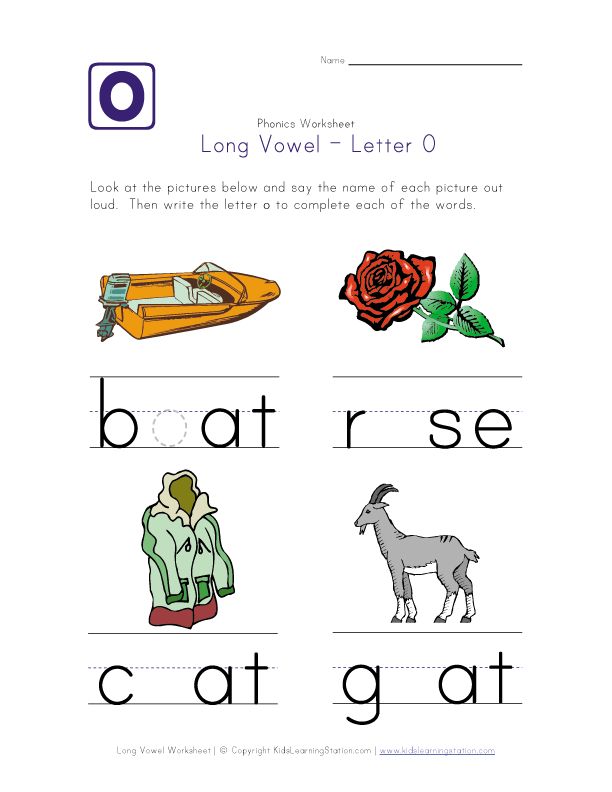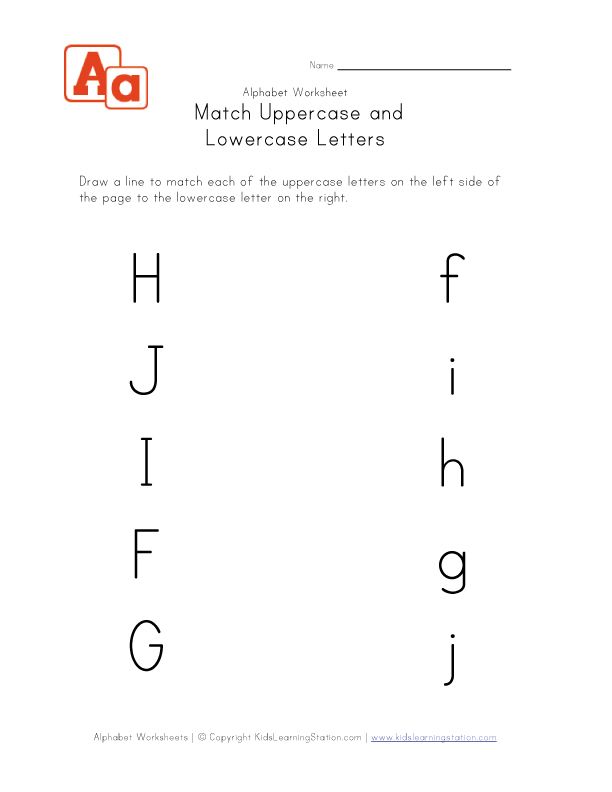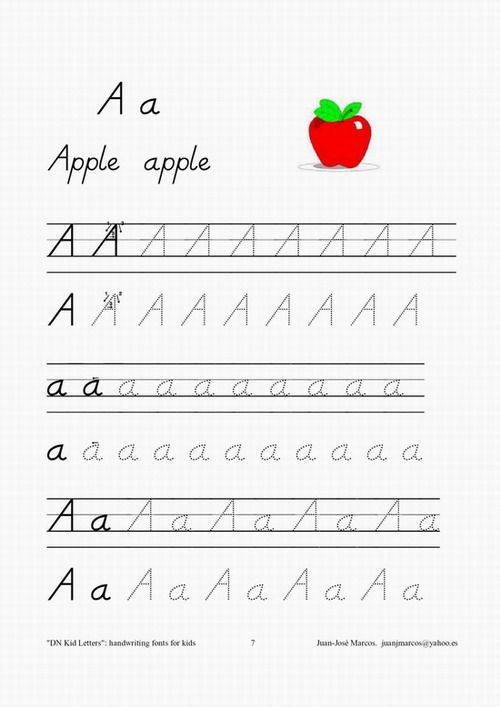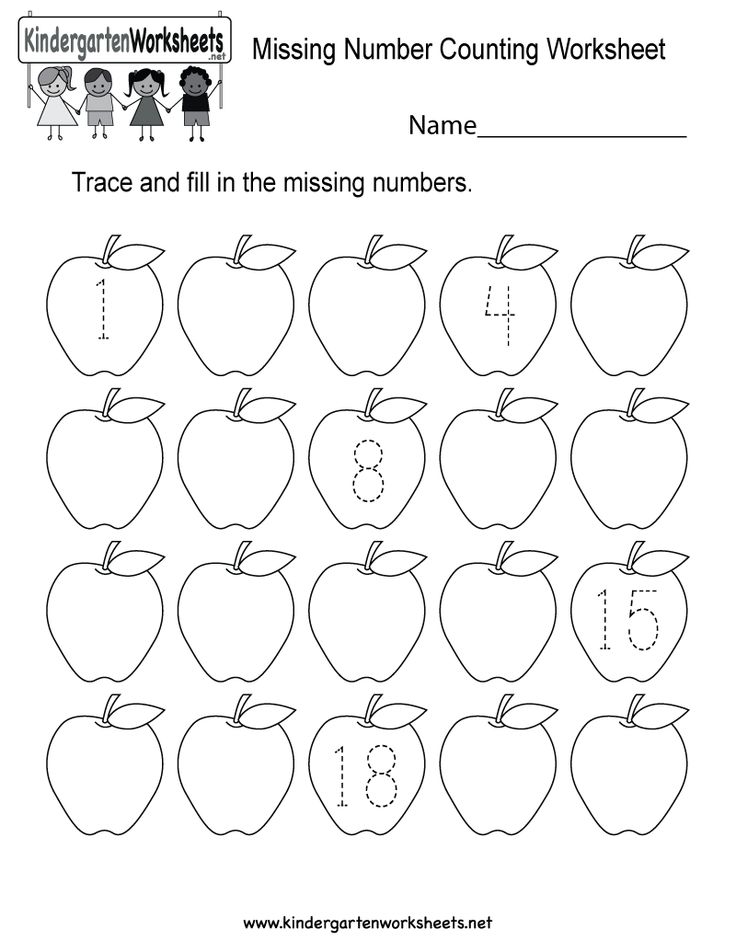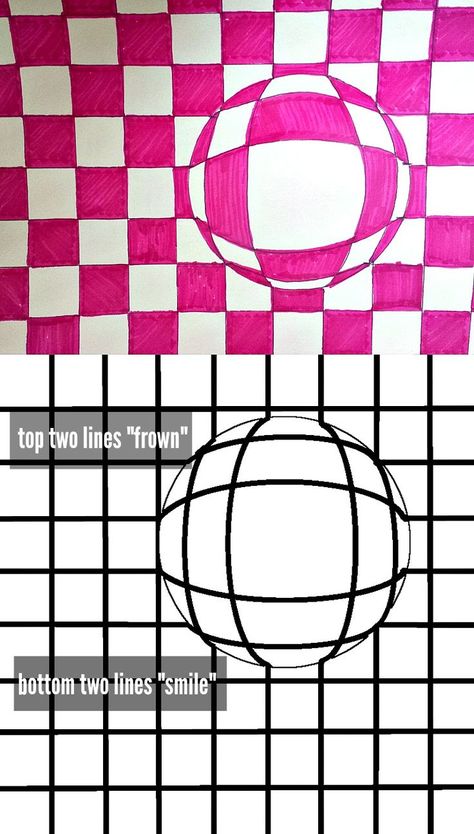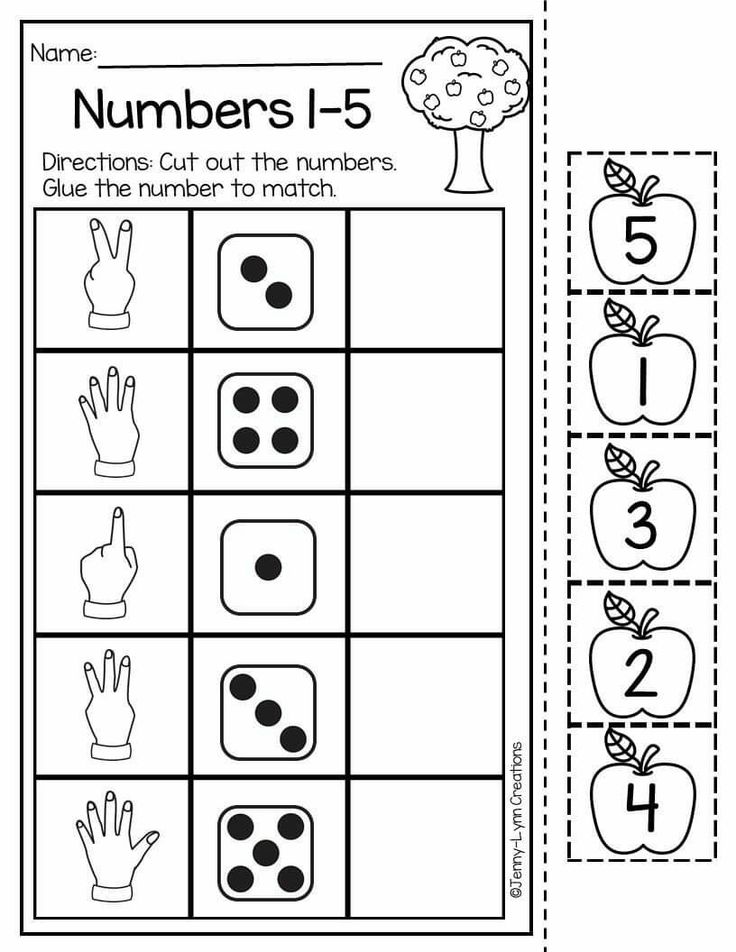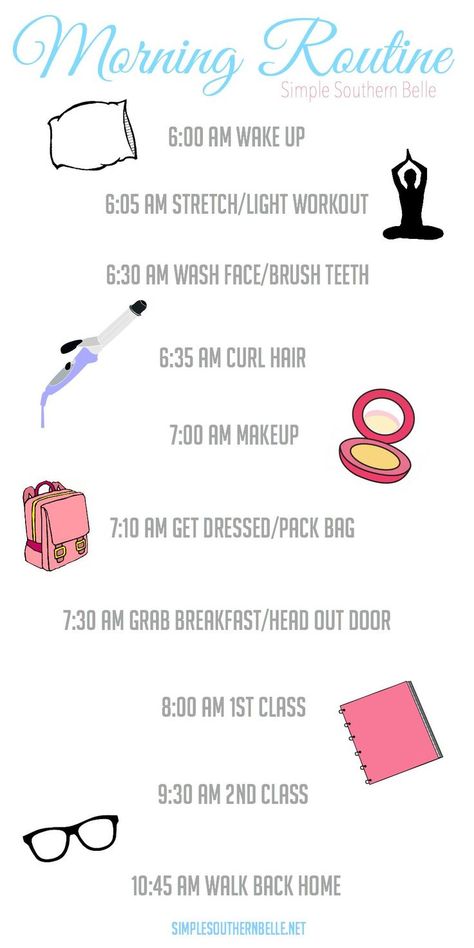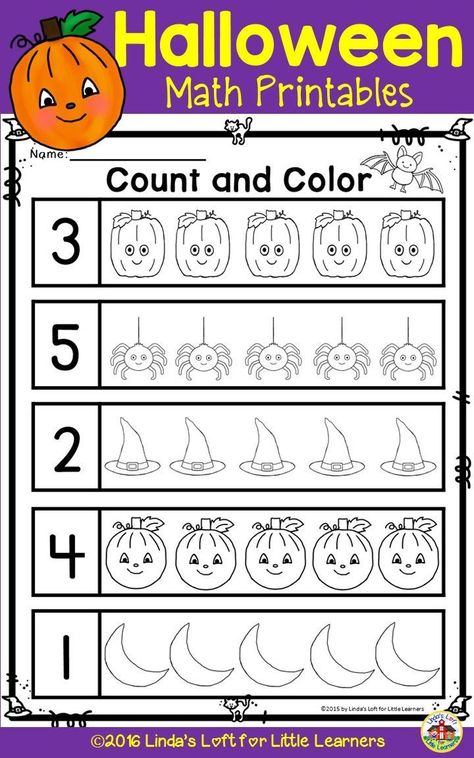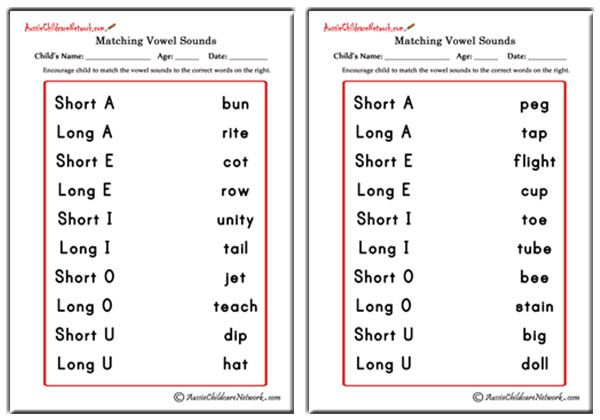Concepts for preschool
Basic Concepts to Teach Your Preschooler
“What should my preschooler know?”
This question often gets asked by parents. Many want to know what basic concepts their 4-year-old should know in order to be prepared for Kindergarten.
Academically speaking, it’s not a lot. It’s more valuable for your youngster to be able to listen to and follow directions than it is for him to recite the alphabet. While exposing him to the letters of the alphabet through fun activities like songs and puzzles is good practice at this age, expecting him to identify all 26 letters in upper and lower case isn’t really necessary. If you have a child who is advanced in Language Arts and is ready and interested in learning letters and reading, go ahead and do so. Otherwise, exposure to the written word through fun activities like I previously mentioned and read aloud time is usually enough.
I have compiled a list of basic concepts that are generally good for preschoolers to know. This is different from skills that they should be able to do which is found in this post: Preschool Skills Checklist. Both lists are just guidelines to help you out. Every child is unique and learns at a different rate so it’s fine if your child doesn’t know all of these by the time he starts doing Kindergarten level work. You can always cover the basic concepts that he didn’t learn as a preschooler then.
- ❑ Colors
- ❑ Shapes
- ❑ Numbers 1-10 (mainly counting from 1-10 although identifying at least 1-5 is helpful)
- ❑ Same and different
- ❑ Does not belong
- ❑ One-to-one correspondence
- ❑ Pattern recognition
- ❑ What comes next in a sequence of events
- ❑ Up and down
- ❑ Above, below, and beside (next to)
- ❑ Front and back
- ❑ Over, under, and in the middle
- ❑ In front of and behind
- ❑ Closed and open
- ❑ First, next, and last
- ❑ Inside and outside (in and out)
- ❑ Backward and forward
- ❑ Top and bottom
- ❑ Before and after
- ❑ High and low
- ❑ Big and little
- ❑ Largest and smallest
- ❑ Tall and short
- ❑ Wide and narrow (fat and skinny)
- ❑ Medium sized
- ❑ Long and short
- ❑ Same size
- ❑ Fast and slow
- ❑ Basic feelings such as happy, sad, mad, and glad
- ❑ Empty and full
- ❑ More and less (fewer)
- ❑ Many and few
- ❑ Part and whole
- ❑ Night and day
- ❑ On and off
- ❑ Loud and soft
- ❑ Hot and cold
- ❑ Hard and soft
- ❑ New and old
- ❑ Early and late
- ❑ Times of the day such as morning, afternoon, and evening
- ❑ Weather
- ❑ Seasons
- ❑ Simple categories such as food, clothes, animals, and toys
- ❑ Family members
- ❑ Parts of the body
- ❑ Stranger safety
- ❑ Full name
- ❑ Parents’ names
- ❑ Home phone number
- ❑ Birthday
- ❑ God
- ❑ Jesus
- ❑ Heaven
- ❑ Earth
- ❑ Angels
I have some preschool printables that teach some of these concepts here.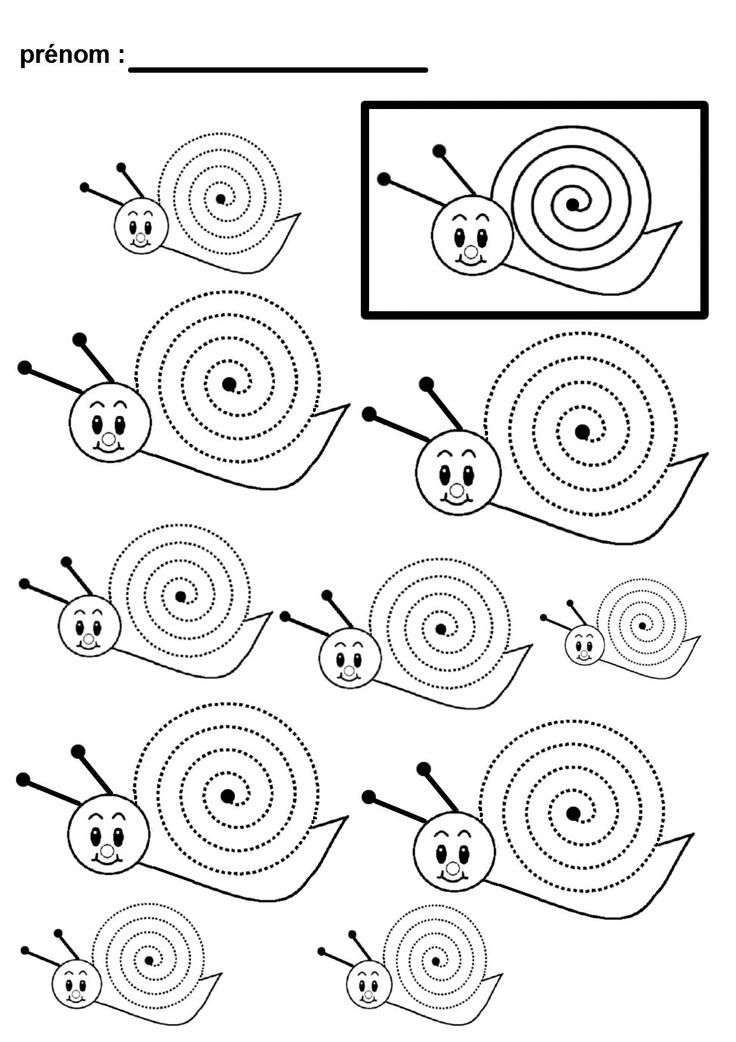 I think your youngster will like them!
I think your youngster will like them!
Many blessings,
P.S. If you need some inspiration, you can find a list of more than 250 preschool themes to teach your child here: The Ultimate List of Preschool Themes
Early Learning Concepts for Preschoolers
What do kids learn in preschool?
Preschoolers learn “pre-skills” that lay the foundation of their learning for the future. These skills help them learn to read, write, do the math, and science and become successful.
Some of the early learning concepts for preschoolers are the main subjects taught in a preschool curriculum. They include math, science, language and literacy, creative arts, and social and emotional skills. As your child develops, there is often a lot of focus on learning through play. This means preschoolers learn best when actively engaged in activities rather than simply listening to lectures.
As your child begins to explore their world, they will learn about many new things.
It is important to remember that every child develops at their own pace. Some children may learn to identify letters before they learn numbers, while others may learn to identify shapes before they learn letters. There is no correct order in which children learn these concepts. Instead, each child develops at their own pace and learns in the order that is best for them. Try not to compare your little one to other toddlers. Just enjoy watching them grow and explore their world.
At a high level, most preschools will teach the following:
Math
The focus of math and counting in preschool is typically on developing basic counting and calculating skills, as well as an understanding of shapes and colors. In addition, preschoolers may also learn about measurement and time. The main goal is to help them develop a strong foundation they can build in elementary school.
Science
Examples of science topics covered in preschool include life, physical, earth and environmental, health, and technology.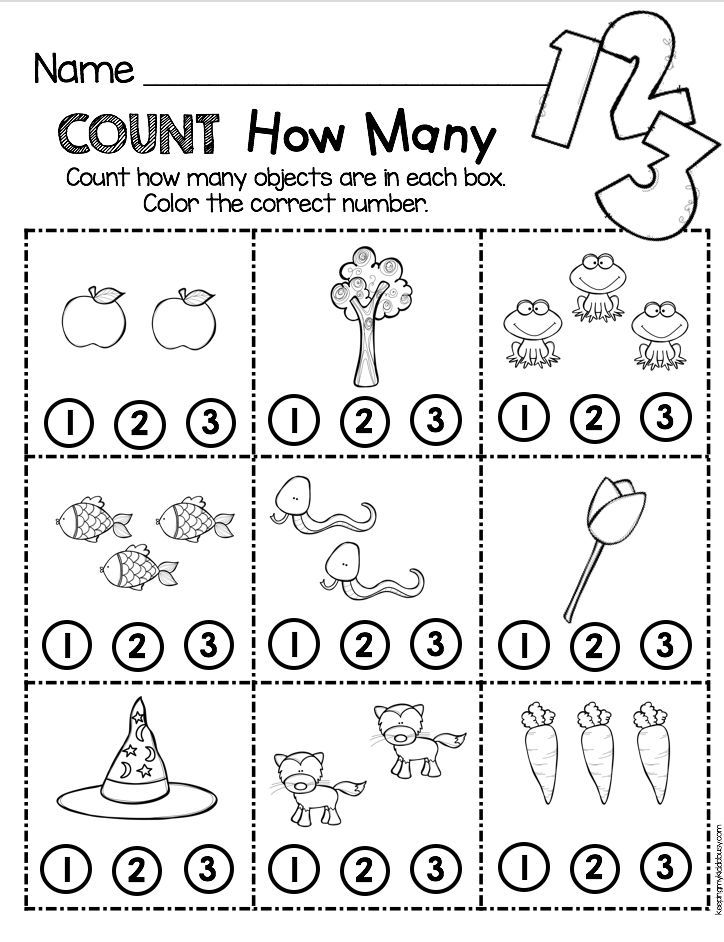 Additionally, preschoolers may learn about seasons, weather, and the water cycle. The objective is to get children interested in science at an early age.
Additionally, preschoolers may learn about seasons, weather, and the water cycle. The objective is to get children interested in science at an early age.
Language and Literacy
In preschool, children typically begin to learn how to read and write. They also start to learn grammar, vocabulary, and other aspects of language. Additionally, they may know about rhyming, storytelling, and different types of literature. The goal is to help them develop strong language and literacy skills that will be the foundation for their future success in elementary school.
Creative Arts
Examples of creative arts activities for preschoolers include painting, drawing, sculpting, music, and dance. The goal is to help them develop their creative skills and express themselves in various ways.
Social and Emotional Skills
Preschoolers learn social and emotional skills, including communication, cooperation, and conflict resolution. Additionally, they may know about empathy, respect, and responsibility.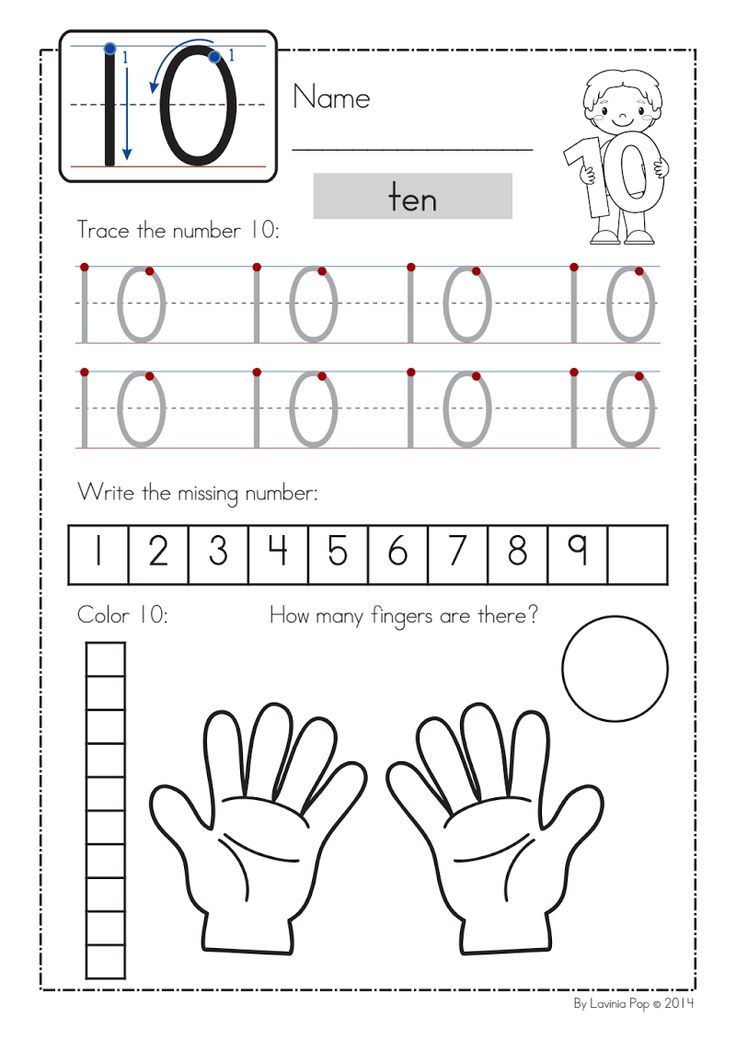 The goal is to help them develop the skills they need to interact successfully with others.
The goal is to help them develop the skills they need to interact successfully with others.
Physical Development
Children typically experience rapid physical development and improvement in their gross and fine motor skills in preschool. This includes running, jumping, throwing, catching, hand-eye coordination, and dexterity, such as cutting with scissors, building with blocks, and coloring with crayons. The goal is to help children develop the physical skills they need to participate in various activities and sports and develop the coordination and strength they need for everyday tasks. Preschoolers may also learn about healthy habits, such as washing their hands, exercising, and eating nutritious foods.
What should a preschool curriculum include?
A preschool curriculum should include a variety of activities and experiences that allow children to explore different concepts, practice new skills, and develop their creativity. There are many different ways to approach preschool curricula, but some common elements include:
- Literacy-based activities such as stories, rhymes, and simple books
- Math concepts such as counting, sorting, and patterns
- Science experiments and activities exploring the natural world
- Creative arts such as painting, music, and movement
- Social skills such as cooperation and communication
In addition to these specific activities, it is also important to provide opportunities for free play, where children can explore freely and use their imaginations.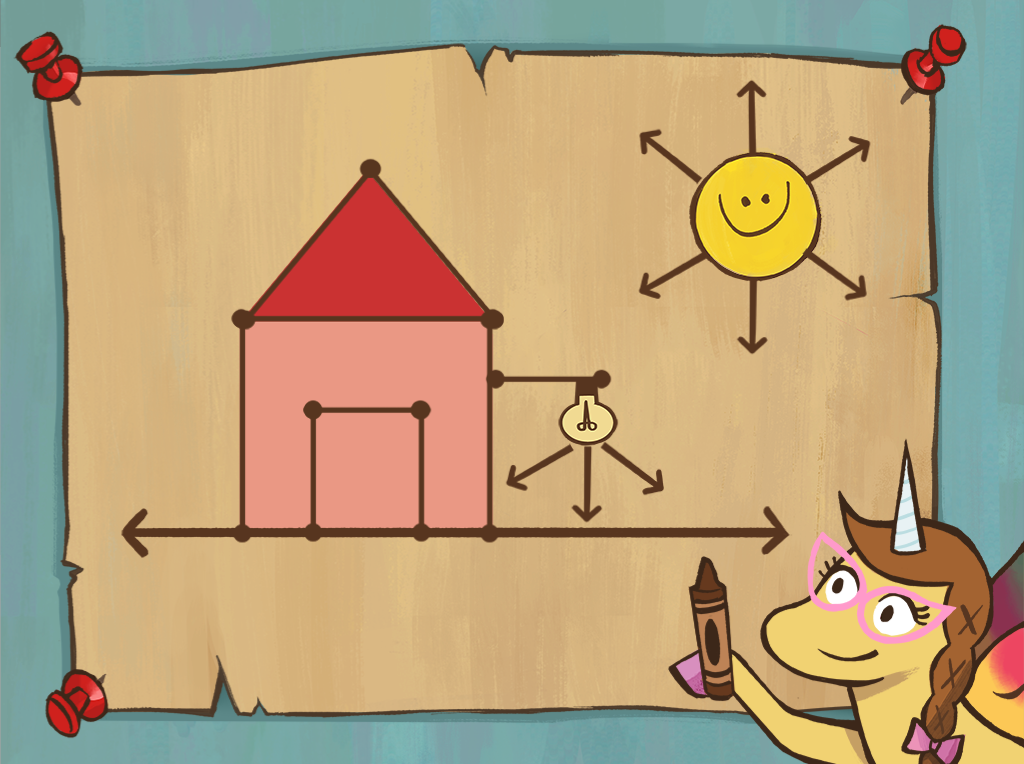 This type of play is crucial for child development and can help children learn to problem solve, adapt to new situations, and develop self-regulation skills.
This type of play is crucial for child development and can help children learn to problem solve, adapt to new situations, and develop self-regulation skills.
What do kids learn in preschool by age?
Preschoolers learn a lot in their early educational years. Here’s a breakdown by the age of what preschoolers are usually able to be learning. Remember that kids develop differently, so this is just a general guideline.
1-year-olds should be taught basic concepts like shapes and colors.
Most people believe that 1-year-olds are too young to learn anything beyond the basics like shapes and colors. However, evidence suggests that teaching basic concepts like these can help improve a child’s cognitive development.
A study by the University of Oregon found that 1-year-olds trained in basic concepts were likelier to score higher on IQ tests later in life. The study also found that these children were likelier to excel in school and pursue successful careers.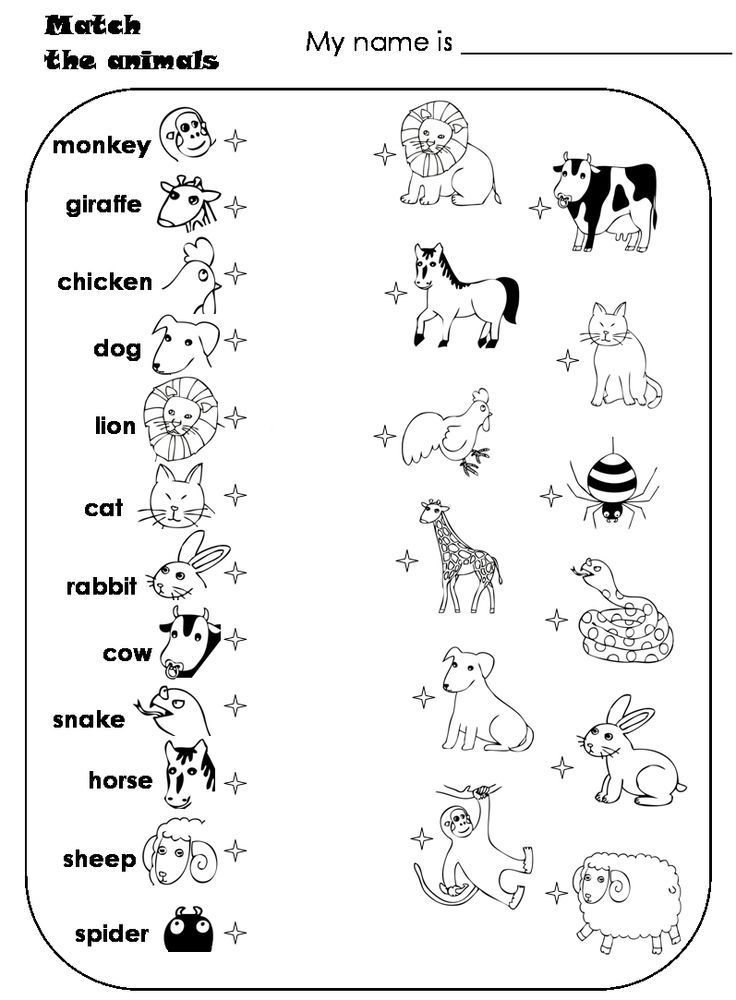 It may be worth considering teaching your 1-year-old some basic concepts like shapes and colors; this can be done with an educational app for 1-year-olds.
It may be worth considering teaching your 1-year-old some basic concepts like shapes and colors; this can be done with an educational app for 1-year-olds.
While there is no guarantee that every 1-year-old who learns basic concepts will become a genius, it is clear that there are benefits to doing so.
2-year-olds can learn more complex ideas, such as counting and the alphabet.
Most parents are surprised that their 2-year-old can learn more complex ideas than they may have thought possible. Research has shown that 2-year-olds can understand and retain several different concepts, including counting and the alphabet.
While they may not be able to recite the alphabet or count to 100 just yet, they can grasp these concepts and begin to learn how to apply them. Additionally, 2-year-olds can also form basic sentences and follow simple commands. This means that parents can start teaching their children more complex ideas earlier than they may have thought possible.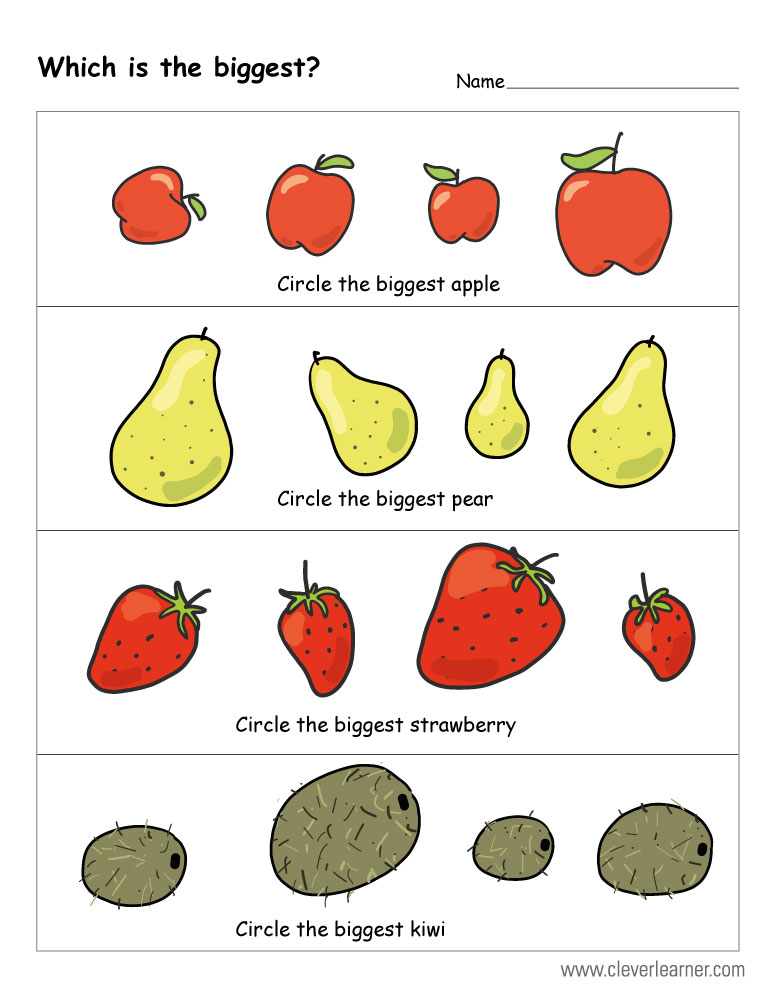
So, if you’re looking for ways to challenge your 2-year-old’s mind, don’t be afraid to introduce them to more complex concepts. They might surprise you with how much they’re able to understand.
3-year-olds are ready to learn basic academic skills, such as reading and writing.
Most 3-year-old children are ready to start learning basic academic skills. This includes knowing how to read and write.
While some children may be able to pick up these skills more quickly than others, all children are capable of mastering them if they are given the opportunity. For parents who want to give their children a head start on their education, there are several ways to incorporate reading and writing into everyday activities.
For instance, reading stories together before bedtime can help to foster a love of reading, while working on simple writing tasks, such as traceable letters and numbers, can help develop fine motor skills.
Ultimately, by starting early, parents can give their children a solid foundation to build their academic careers.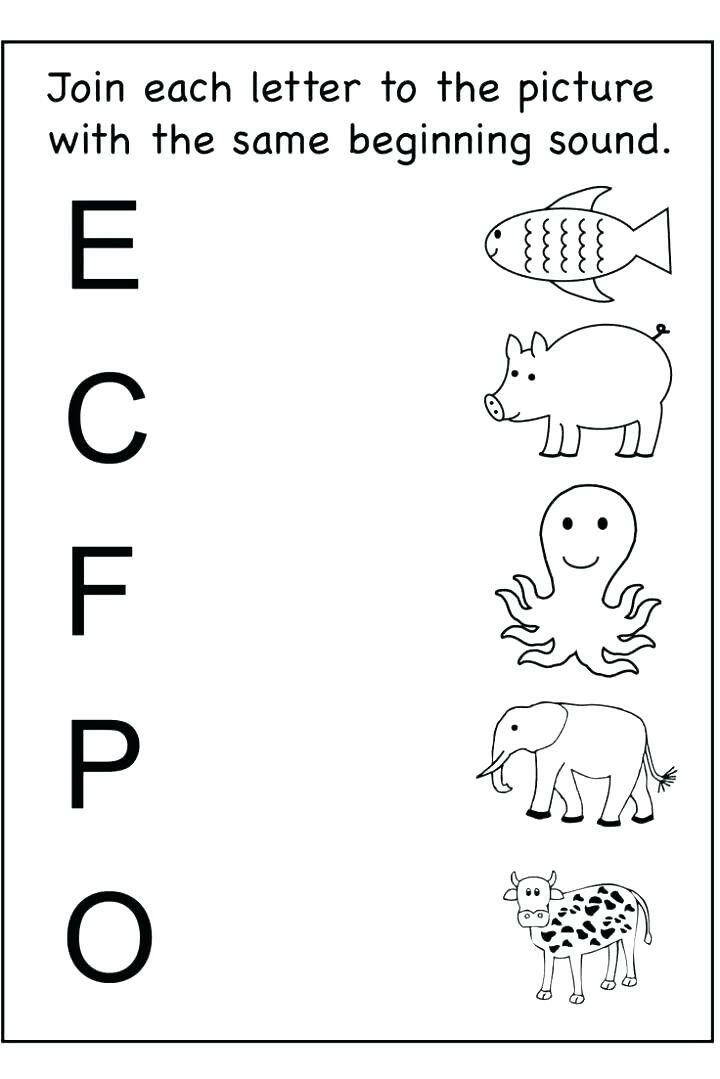
4-year-olds can continue to build on their academic skills, as well as begin to learn more about social and emotional development.
At four years old, children can continue to build on the academic skills they have already begun to develop. Many children start learning more about social and emotional development at this age.
This includes knowing how to express emotions, interact with others, and resolve conflicts. While some children may naturally be more outgoing than others, all children can benefit from learning these essential skills.
Several resources are available for parents who want to help their children in this area, including books, websites, and even apps. Teaching your child about social and emotional development can help them become well-rounded individuals better equipped to deal with life’s challenges.
5-year-olds are ready to start kindergarten and begin their formal education.
By the time they reach five years old, most children are ready to start kindergarten and begin their formal education.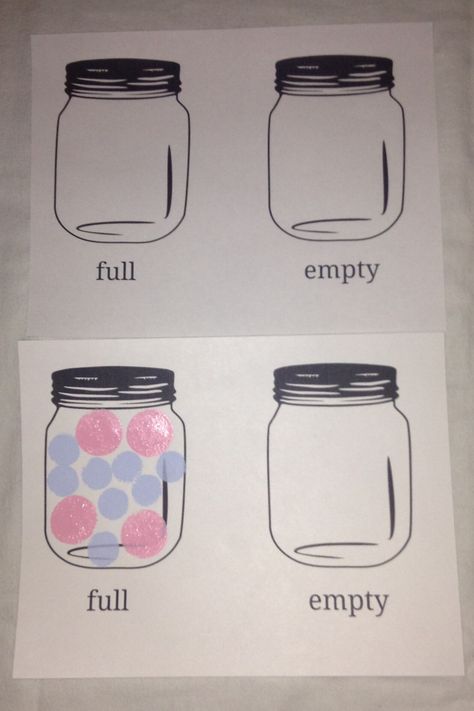 This is an important milestone in their lives, marking the beginning of a new chapter.
This is an important milestone in their lives, marking the beginning of a new chapter.
For parents, it is also a time to start thinking about their child’s future and how they can best prepare them for success. There are many ways to do this, but one of the most important is ensuring your child is academically ready for kindergarten.
This means ensuring they have developed the essential reading, writing, and math skills they will need to succeed. It is also necessary to ensure that your child is emotionally and socially ready for kindergarten. This includes helping them to develop the skills they need to interact with their peers and deal with the challenges that they will face.
By preparing your child for kindergarten, you can give them the best chance for success in their formal education.
At each stage of development, children can learn more complex concepts.
This is true for 2-year-olds, 3-year-olds, 4-year-olds, and 5-year-olds.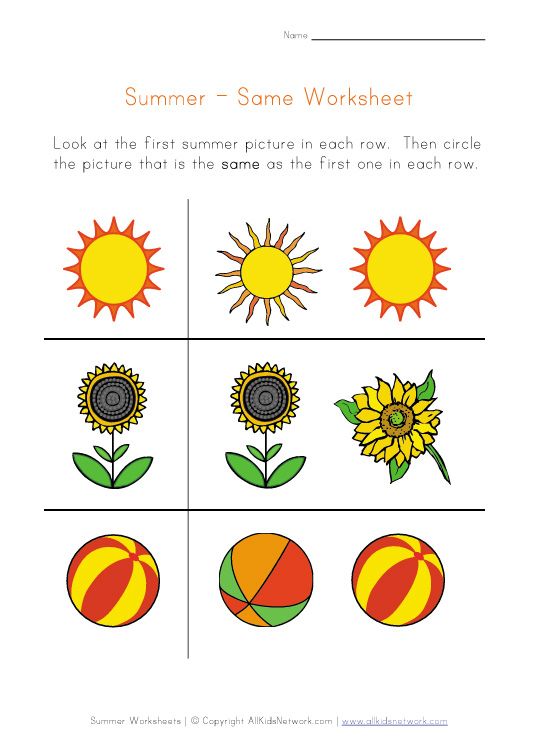 However, it is essential to remember that each child develops at their own pace. Some children may be ready to learn more complex concepts sooner than others.
However, it is essential to remember that each child develops at their own pace. Some children may be ready to learn more complex concepts sooner than others.
As a parent, it is essential to be attuned to your child’s individual needs and to adjust your expectations accordingly. By providing your child with the appropriate level of challenge, you can help them to reach their full potential.
Preschool learning concepts are often broken down into categories.
- Gross Motor Skills – Large muscles in the arms, legs, and trunk are developed through gross motor activities such as climbing, running, catching, and throwing.
- Fine Motor Skills – Small muscles in the hands and fingers are developed through coloring, drawing, painting, threading beads, and cutting with scissors.
- Early Science Concepts – Children are exposed to fundamental concepts such as cause and effect, magnetism and properties of matter.
- Early Math Concepts – Children learn early math concepts such as counting, sorting, matching, and patterns through everyday activities and games.

- Social & Emotional Development – Preschool is an excellent time for children to develop social skills such as sharing,
- Early Writing Skills – Children develop early writing skills through drawing, painting, and writing their names.
- Early Reading Skills – Children are exposed to basic reading skills such as letter recognition, phonemic awareness, and beginning sight words.
- Creative Expression – Children have the opportunity to express themselves creatively through art, music, and movement.
- Problem Solving – Children learn to solve problems through trial and error, experimentation, and creative thinking.
- Language and Vocabulary – Children expand their language and vocabulary skills through talking, listening, and reading.
- Listening Skills – Children learn to listen carefully and follow directions through games and activities.
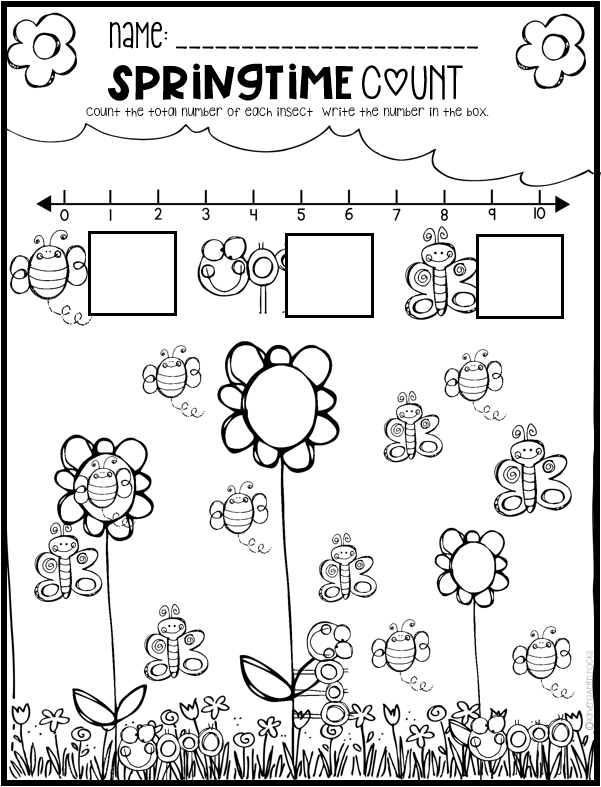
- Musical Skills – Children develop musical skills through singing, clapping, and playing instruments.
- Visual Perception Skills – Children develop visual perception skills through puzzles, mazes, and block building.
- Auditory Perceptual Skills – Children develop auditory perceptual skills through activities such as listening to stories, rhymes, and music.
- Memory – Children improve their memory skills through games, songs, and activities.
- Independence> – Children learn to become more independent through activities such as dressing themselves, using the toilet independently, and cleaning up their messes.
What are Preschool learning concepts?
Preschool learning concepts include counting, colors, shapes, and letters. They are taught to preschoolers because they provide a foundation for later learning in math and reading. They also help develop fine motor skills, which are essential for writing.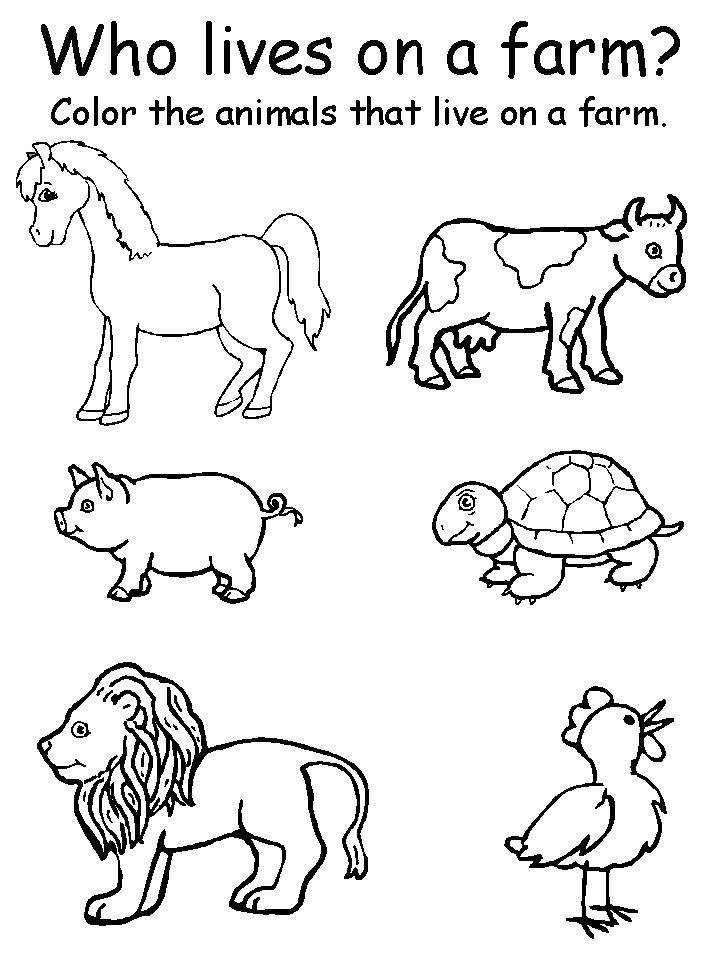
- Colors – Children will learn about different colors and how to identify them. They will also learn about shades and tints of colors. Children usually start to learn about colors around 18 months old. By the time they are two years old, most children can identify at least six different colors. By three years old, most children can name all primary colors. Learning about colors is more than just being able to identify them. It also includes understanding how to create new colors by mixing other colors. For example, when you combine red and yellow paint, you create orange. Children will also learn about different shades and tints of colors. A shadow is a color with black added to it, while a stain is a color with white added to it. For example, pink is a tint of red, and navy blue is a shade of blue. Learning about colors helps children to understand the world around them and makes it more exciting and enjoyable.
- Shapes – Children will learn about basic shapes such as squares, circles, triangles, and rectangles.
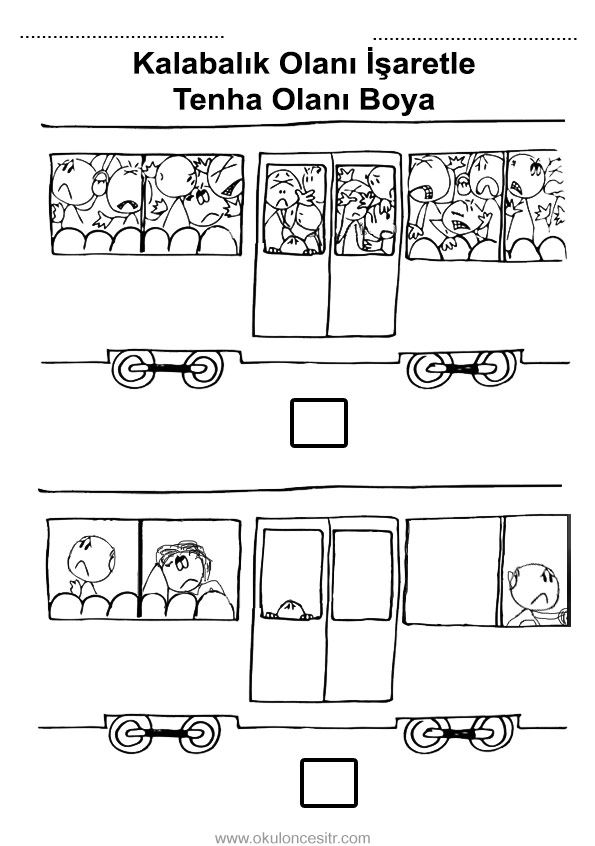 They will also learn about more complex conditions such as diamonds, ovals, and stars. Through various activities and games, children will understand how these shapes can be combined to create other objects. They will also learn about the properties of each form, such as the number of sides or the relationship between the sides. By understanding these basic concepts, children will be better prepared to tackle more complex mathematical problems in the future.
They will also learn about more complex conditions such as diamonds, ovals, and stars. Through various activities and games, children will understand how these shapes can be combined to create other objects. They will also learn about the properties of each form, such as the number of sides or the relationship between the sides. By understanding these basic concepts, children will be better prepared to tackle more complex mathematical problems in the future. - Letters – Children will be introduced to the alphabet and learn each letter’s names and sounds. They will also learn how to write their name using letters. Letters are the foundation of reading and writing. By learning the names and sounds of each letter, children can begin to understand how these symbols are used to form words. In addition, they can learn how to write their name using letters. By becoming familiar with the alphabet, children can take their first steps towards literacy. In addition to learning the words and sounds of each letter, children will also be introduced to the different ways letters can be used.
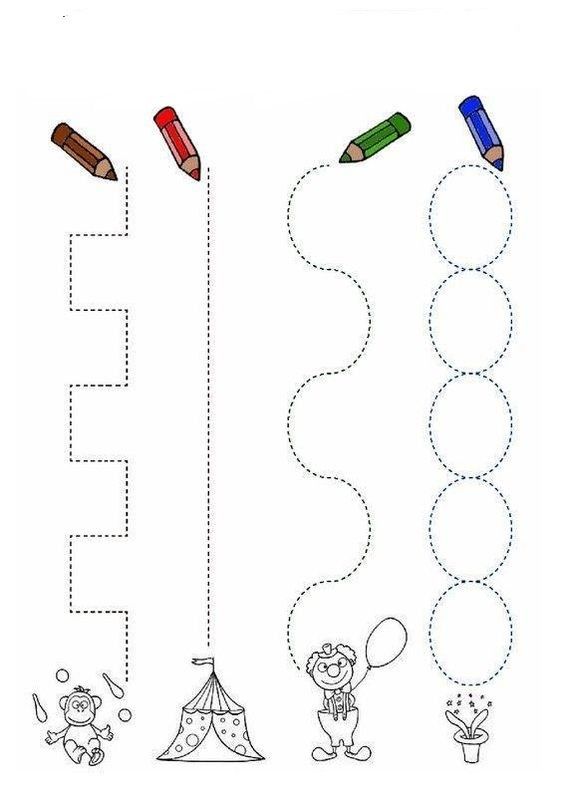 For instance, they will know that some letters make different sounds depending on their position in a word. They will also learn to use letters to make words plural or indicate possession. Children can begin to see how these symbols are integral to communication by understanding the different uses of letters.
For instance, they will know that some letters make different sounds depending on their position in a word. They will also learn to use letters to make words plural or indicate possession. Children can begin to see how these symbols are integral to communication by understanding the different uses of letters. - Counting – Children will learn how to count objects up to 10. They will also learn simple addition and subtraction concepts. Many people believe children should only learn the basics of counting in preschool. However, research has shown that children exposed to more advanced counting concepts have an easier time grasping mathematical concepts later on. In particular, children who learn to count up to ten objects are better able to understand addition and subtraction. Furthermore, they are more likely to be able to perform complex calculations such as multiplication and division. As a result, teaching children how to count beyond simple numbers can significantly impact their future success in math.
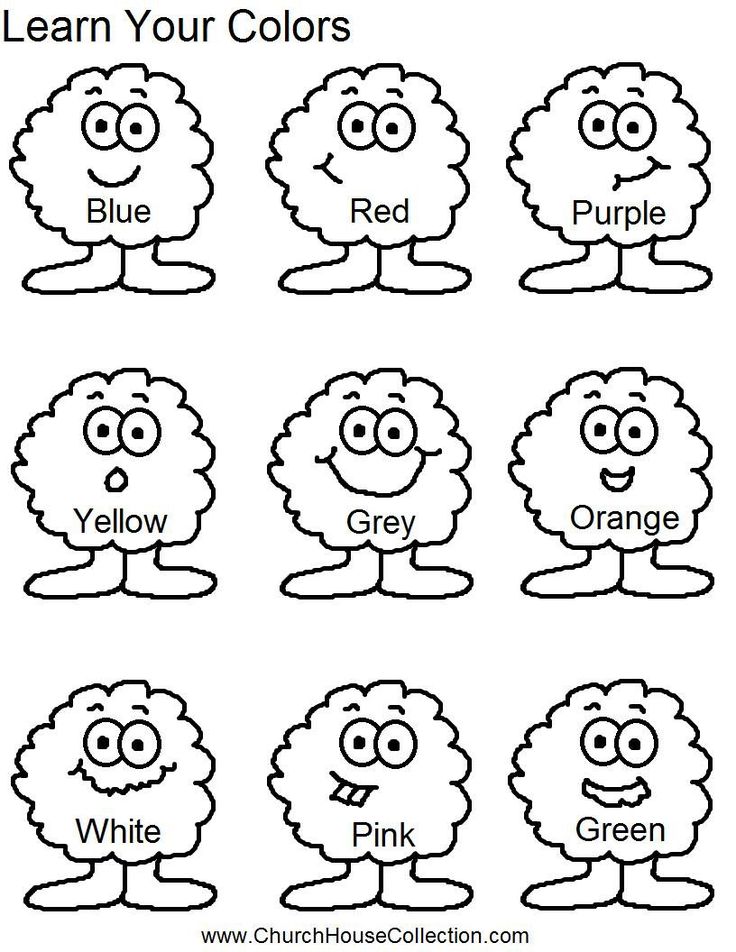
- Sizes – Children will learn about big and small, as well as longer and shorter. They will compare and contrast different objects based on their size. Through various activities, children learn to order things from most significant to most minor or vice versa. This is an essential skill that will help them in many different areas of life, such as when they are trying to find a specific item in a store or when they are packing for a trip.
- Matching – Children will learn how to match the same objects. This includes both identical and similar things. For example, they might match two socks of the same color or two pieces of fruit of the same shape. This is an essential skill that helps children to understand the concept of the sameness. It also helps them to develop problem-solving skills as they figure out how to match different objects.
- Sorting – Children will learn how to sort objects into groups. This includes simple sorting, such as sorting by color, and more complex sorting, such as sorting by shape, size, or function.
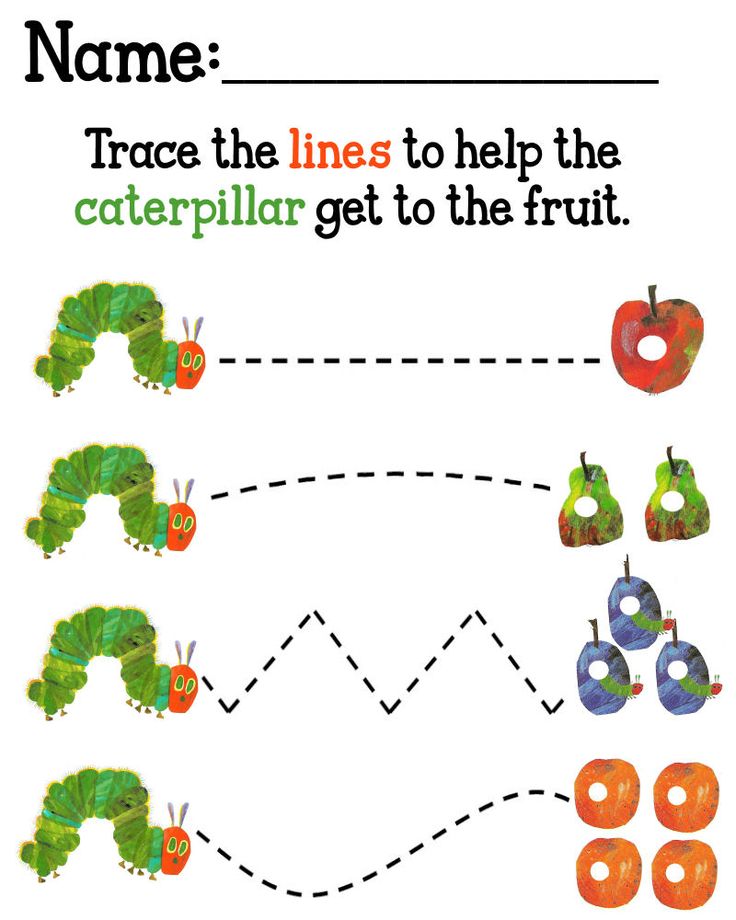 Sorting is an essential skill that helps children to understand how different objects are related to each other. It also helps them to develop problem-solving skills as they figure out how to put things into groups.
Sorting is an essential skill that helps children to understand how different objects are related to each other. It also helps them to develop problem-solving skills as they figure out how to put things into groups. - Opposites – Children will learn about opposites, such as hot and cold, wet and dry, and fast and slow. Through various activities and games, children will learn how to identify the opposite of different words. This is an essential skill that helps children to understand the world around them. It also helps them to develop problem-solving skills as they figure out how to use opposites to solve problems.
- Sequencing – Children will learn how to put things in order. This includes simple sequencing, such as placing a stack of books in order from tallest to shortest, and more complex sequencing, such as setting a series of events in order from first to last. Sequencing is an essential skill that helps children to understand the world around them.
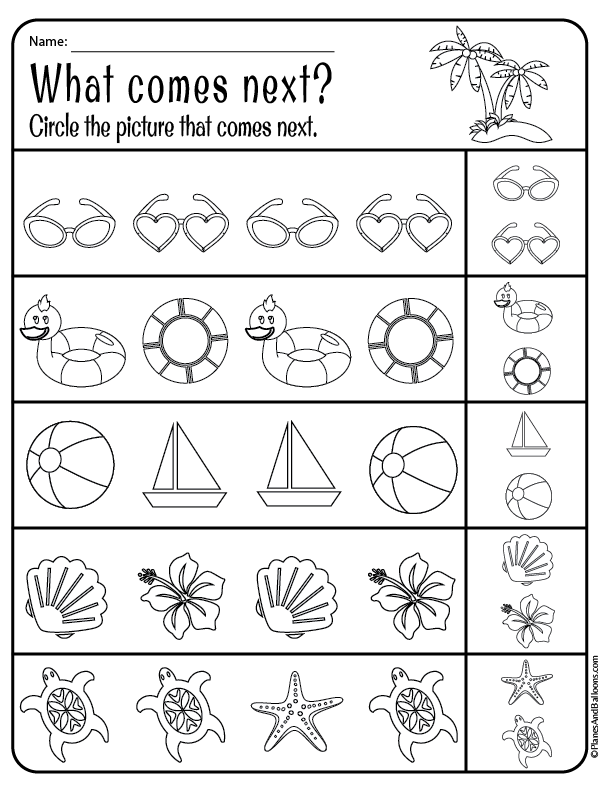 It also helps them to develop problem-solving skills as they figure out how to put things in order.
It also helps them to develop problem-solving skills as they figure out how to put things in order. - Patterns – Children will learn about basic patterns, such as those made with colors, shapes, or numbers. They will also learn about more complex designs, such as those made with letters or words. Children will learn how to identify patterns through various activities and games. They will also learn how to create their way. This is an essential skill that helps children to understand the world around them. It also helps them to develop problem-solving skills as they figure out how to create and identify patterns.
- Money -Children will learn about different types of money, such as coins and bills. They will also learn about the value of each kind of money. Through various activities and games, children will learn how to count money. They will also learn how to make a change. This is an essential skill that helps children to understand the world around them.
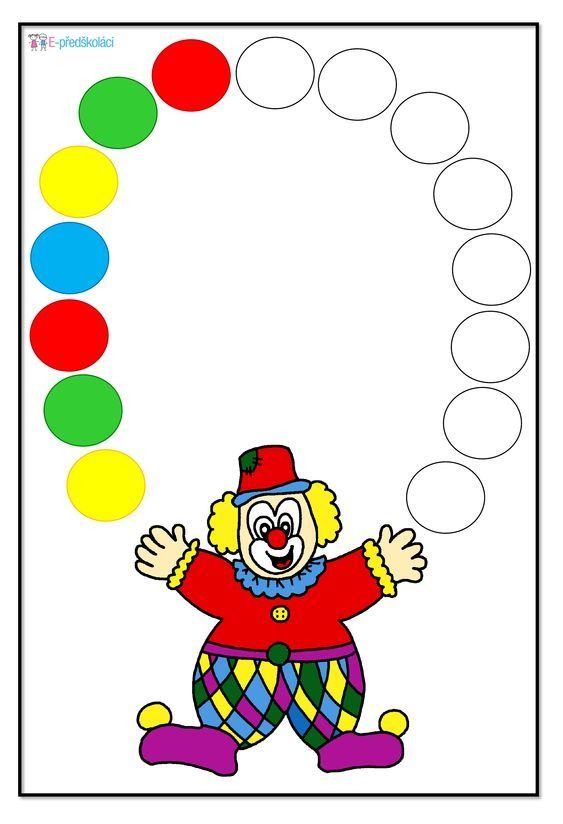 It also helps them develop problem-solving skills as they learn how to use the money to buy things.
It also helps them develop problem-solving skills as they learn how to use the money to buy things. - Time – Children will learn about different units of time, such as seconds, minutes, hours, days, weeks, months, and years. They will also learn about time by learning to tell time on a clock. Through various activities and games, children will learn how to measure time. They will also learn how to use the time to schedule activities. This is an essential skill that helps children to understand the world around them. It also helps them to develop problem-solving skills as they figure out how to use the time to complete tasks.
- Measurement – Children will learn about different units of measurement, such as inches, feet, yards, miles, ounces, cups, pints, quarts, and gallons. They will also learn about height by learning to compare different objects. Children will learn how to measure other things through various activities and games. They will also learn how to use measurement to solve problems.
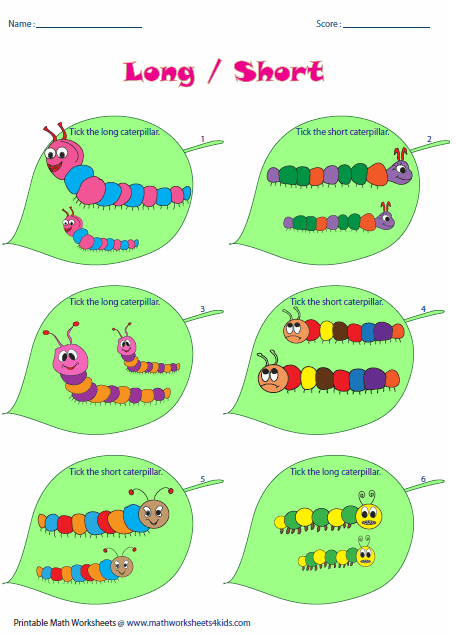 This is an essential skill that helps children to understand the world around them. It also helps them to develop problem-solving skills as they figure out how to use measurement to complete tasks.
This is an essential skill that helps children to understand the world around them. It also helps them to develop problem-solving skills as they figure out how to use measurement to complete tasks. - Animal names and sounds – Children will learn the words and sounds of various animals. They will also learn about the different habitats in which these animals live. By becoming familiar with the terms and sounds of animals, children can better understand the world around them. In addition, they can learn about the different habitats in which these animals live. This knowledge can help them to appreciate the importance of conservation and to understand the interdependence of all living things.
- Problem-solving – Children will be exposed to various problem-solving activities. These activities will help them to develop critical thinking skills. In addition, they can learn how to persevere in the face of adversity. Problem-solving skills are essential for children to build because they will need to use these skills daily.
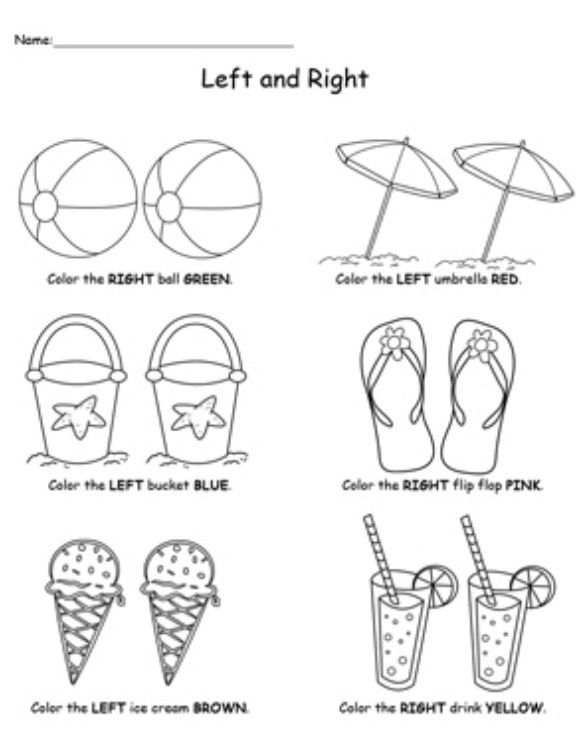 By learning how to solve problems, children can become better prepared to handle the challenges they will face.
By learning how to solve problems, children can become better prepared to handle the challenges they will face. - Early science concepts – Children will be exposed to basic science concepts such as the seasons, the weather, and the solar system. They will also learn about plants and animals. By understanding these basic concepts, children can develop a foundation for more complex scientific concepts that they will learn in the future. In addition, they can begin to understand how the world around them works. Understanding early science concepts can also help children to appreciate the importance of taking care of our environment.
- Self-esteem – Children will participate in activities that will boost their self-esteem. They will learn how to cope with failure and celebrate success. Children can become more confident and resilient by developing solid self-esteem. This can help them to face challenges and to overcome obstacles.
- Responsibility – Children will learn the importance of caring for themselves and others.
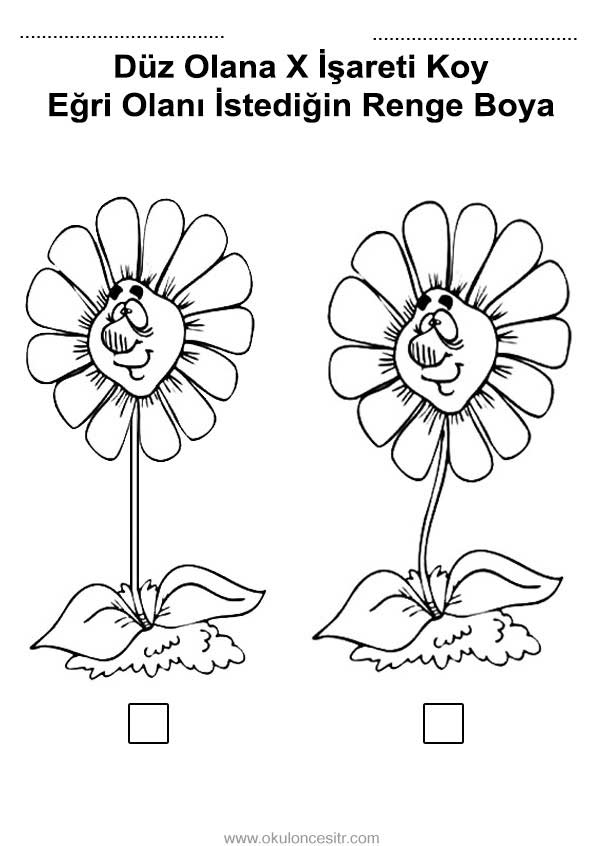 They will learn how to make responsible choices. By understanding the concept of responsibility, children can develop a sense of ownership for their own lives. In addition, they can begin to understand their choices’ impact on the world around them.
They will learn how to make responsible choices. By understanding the concept of responsibility, children can develop a sense of ownership for their own lives. In addition, they can begin to understand their choices’ impact on the world around them. - Names of foods – Children will learn the names of various foods. They will also learn about the different food groups and the nutritional value of each food. By becoming familiar with the terms of foods, children can better understand nutrition. In addition, they can learn about the different food groups and the nutritional value of each food. This knowledge can help them to make better choices when it comes to their diets.
- The solar system – Children will learn about the planets in our solar system. They will also learn about the sun, moon, and stars. Children can develop a better understanding of space by becoming familiar with the planets in our solar system. In addition, they can learn about the sun, moon, and stars.
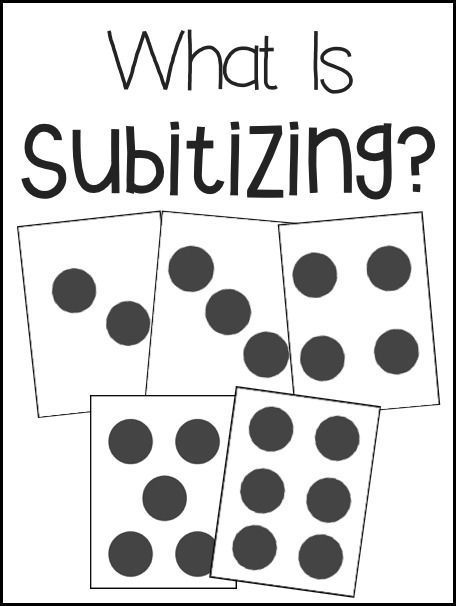 This knowledge can help them appreciate the vastness of our universe and understand astronomy’s importance.
This knowledge can help them appreciate the vastness of our universe and understand astronomy’s importance.
If you’re a parent, finding quality educational apps for kids can be challenging. Many streaming services, apps, and websites claim to have what it takes to help your little one learn, but the content they surface with is often not ideal. The automation behind these apps doesn’t consider the potential harm to kids and their development. Online content for kids is unregulated, so you must be careful when choosing what your child watches.
That’s why it’s essential to be selective when choosing online videos for your preschool child. Here are a few things to keep in mind:
- Look for videos that are made specifically for children and that have been created or reviewed by educators.-
- Make sure the videos are appropriate for your child’s age and development level.
- Watch the videos yourself before letting your child watch them.
- Monitor your child’s activity while watching videos, and talk to them about what they’re seeing and learning.
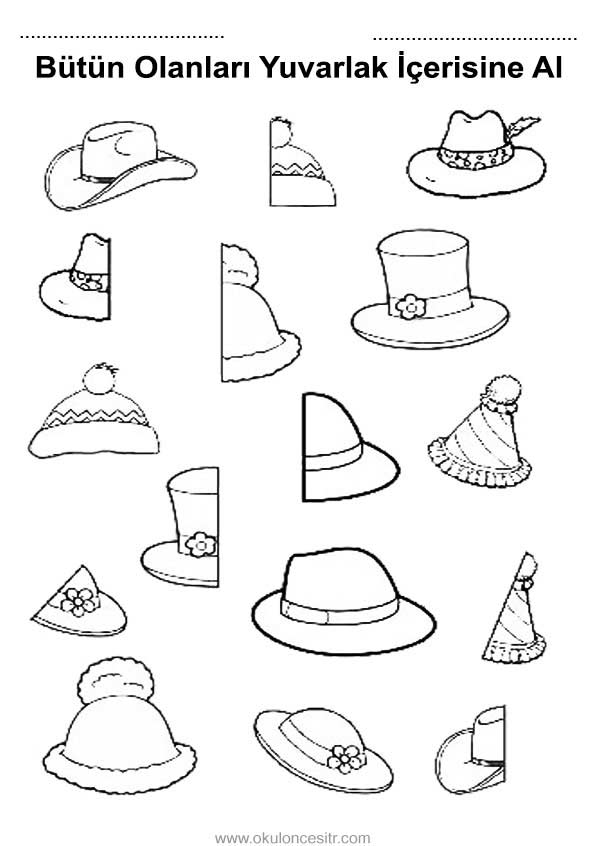
You can find quality educational videos to help your child learn and grow with these tips.
Why educational apps for kids are essential for learning
If you’re a parent of a preschool-aged child, you know how important it is to start early with academic exposure. Educational videos are a great way to introduce basic skills and concepts to young children; they are fun and engaging.
By exposure to these early learning tools, your child will be on the path to success in school and life. Choose educational apps for kids wisely, and you’ll set your child up for a bright future.
There are many options for finding quality educational videos online and in apps. Look for short, simple, and engaging videos for young children. With a little bit of searching, you’ll be sure to find videos perfect for your little learner.
Here are some things to keep in mind when looking for an educational app for kids:
- Choose videos that are short and simple
- Look for videos that focus on basic concepts like letters, colors, and numbers
- Make sure the videos are engaging and enjoyable for your child
- Avoid videos that are too long or complex
Early learning concepts your preschooler should know
Your youngster’s abilities from educational videos will aid their cognitive development.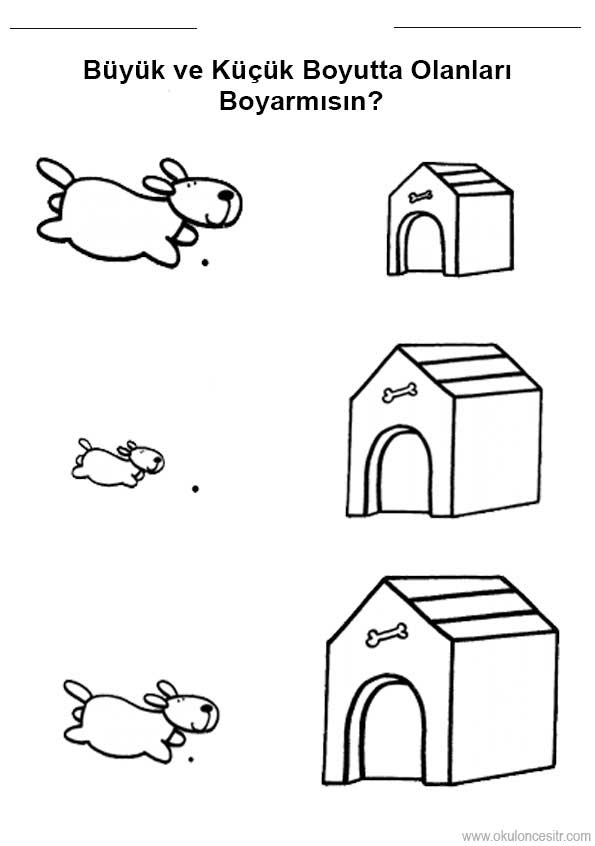 These abilities are critical for your child’s future academic and social success.
These abilities are critical for your child’s future academic and social success.educational app for kids can be a great way to introduce important life skills that are fun and engaging. Preschoolers are still learning and developing, so educational videos can be a great way to help them learn. Some topics that educational apps for kids can cover include:
- Listening skills, curiosity
- Colors, numbers, alphabet
- Days of the week
- Months of the year
- Imagination, creativity, sense of humor
- Sounds, emotions, patterns
The skills your child will learn from educational videos help to improve their cognitive development. These skills are essential for your child’s future success in school and life.
Listening skills
As your preschooler watches educational videos, they will learn to listen attentively. This is essential for following directions, paying attention in class, and participating in conversations.
Curiosity
Educational videos can also help satisfy your child’s curiosity.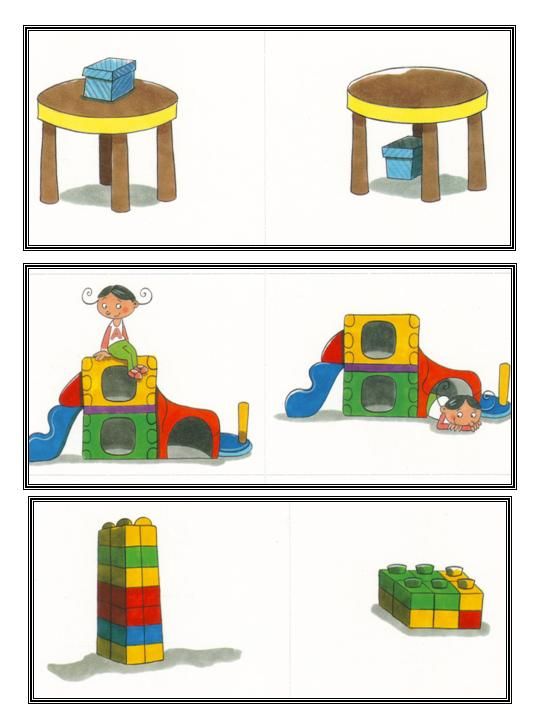 They are introducing new concepts and ideas that will teach them to ask questions and explore the world around them.
They are introducing new concepts and ideas that will teach them to ask questions and explore the world around them.
Colors, numbers, alphabet
Learning colors, numbers, and the alphabet is the foundation of early childhood education. These basic concepts will be used in all future academic pursuits. Preschoolers can start to learn these concepts with educational videos.
Days of the week
Another essential concept your child will learn from educational videos is the days of the week. This skill will help them with time management and scheduling. They will be able to use this knowledge in their daily life and eventually in the workplace.
Months of the year
In addition to learning the days of the week, preschoolers will also learn the months of the year. This skill is closely related to days of the week and will help with time management. Again, this is a skill that they will use throughout their lives.
Imagination, creativity, sense of humor
Educational videos can also help encourage your child’s imagination and creativity. They can think outside the box and develop new ideas by introducing new and exciting concepts. Additionally, funny and engaging videos can help build your child’s sense of humor.
They can think outside the box and develop new ideas by introducing new and exciting concepts. Additionally, funny and engaging videos can help build your child’s sense of humor.
Sounds, emotions, patterns
Another benefit of educational apps for kids is that they can help develop language skills. By hearing different sounds and words, your child will begin to understand how language works. In addition, videos that teach emotions can help your child understand and express their feelings. Patterns are also an essential concept for preschoolers to learn. Recognizing patterns will help them in all future academic endeavors.
The skills your child will learn from educational videos help to improve their cognitive development. These skills are essential for your child’s future success in school and life. With educational videos, your preschooler can start developing the skills they need to be successful.
The benefits of educational videos that teach core learning concepts
There are many benefits to educational apps for kids.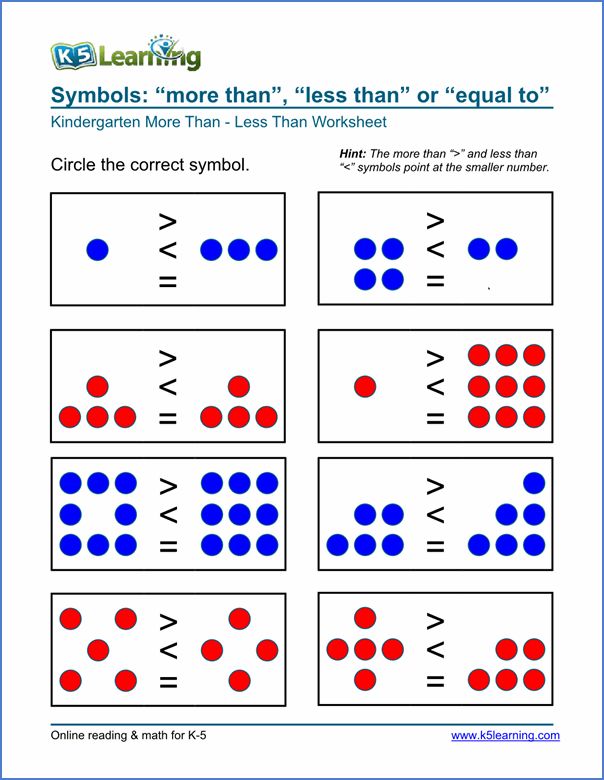 One of the most important is that educational videos help improve cognitive development. Educational videos can also help children learn to listen better, be more curious, and develop their creativity and sense of humor.
One of the most important is that educational videos help improve cognitive development. Educational videos can also help children learn to listen better, be more curious, and develop their creativity and sense of humor.
If you’re a parent of a preschool-age child, you know that finding safe and educational videos to watch can be a challenge. But there are many benefits to educational apps for kids.
Some of the most important benefits include improved cognitive development, increased listening skills, enhanced creativity, and a sense of humor. Educational videos can also help children learn essential skills like counting and reading.
So if you’re looking for safe and educational videos to keep your child entertained and learning, check out some great online options. There’s something for every child’s interests and learning style.
The Kokotree early development and learning app
If you’re looking for a safe, educational streaming service for your preschool-age child, look no further than Kokotree.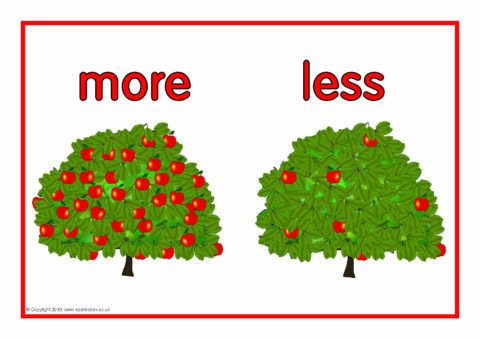 Our team of educators and artists have created a collection of your child’s favorite nursery rhymes, fables, and stories – all designed to introduce core learning concepts in a simple and easy way for children to understand. And best of all, there are no advertisements, no inappropriate content, and no scary surprises. Plus, the videos are available for download so that they can be watched offline.
Our team of educators and artists have created a collection of your child’s favorite nursery rhymes, fables, and stories – all designed to introduce core learning concepts in a simple and easy way for children to understand. And best of all, there are no advertisements, no inappropriate content, and no scary surprises. Plus, the videos are available for download so that they can be watched offline.
So why choose Kokotree?
Here’s a quick rundown of what we offer:
- A safe and educational streaming service for preschoolers
- No ads, no inappropriate content, no scary surprises
- Videos are available for download so they can be watched offline
- Introduces your child to core learning concepts in a simple and easy-to-understand way
- New educational videos each month
Kokotree, a safe place for your preschooler
Are they looking for a safe place for your preschooler to learn? Kokotree offers engaging and educational videos that will keep your child entertained while they know.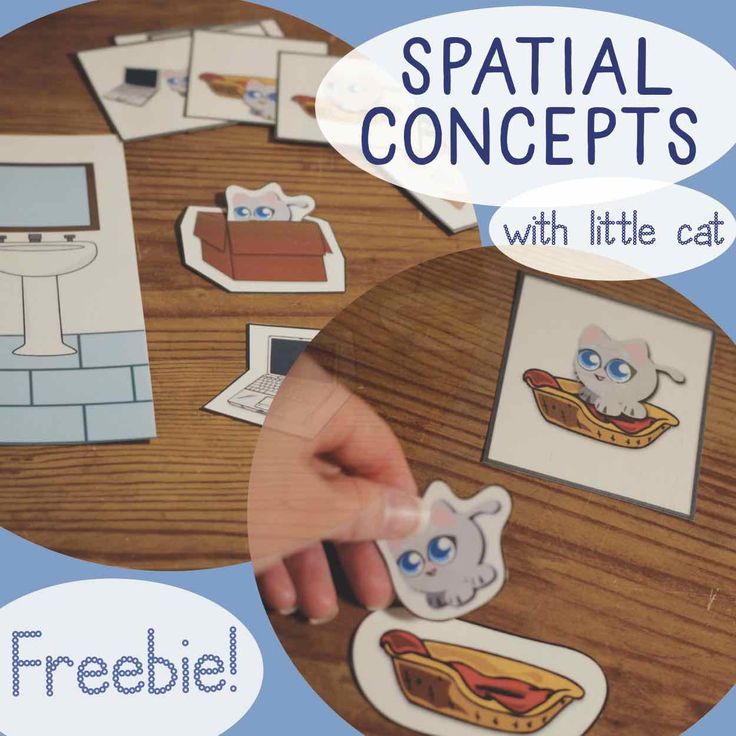 Our videos stimulate curiosity and interest in learning and inspire children to reach their full potential. With Kokotree, you can be confident that your child is getting the best possible education.
Our videos stimulate curiosity and interest in learning and inspire children to reach their full potential. With Kokotree, you can be confident that your child is getting the best possible education.
Kokotree is the perfect place for your preschooler to learn and grow. Our videos are designed to engage and educate while also providing entertainment. We believe learning should be fun, and our videos reflect that belief.
Here are some of the reasons why parents love Kokotree:
- Our videos are safe and age-appropriate for preschoolers
- We offer a variety of engaging and educational videos
- Our videos are designed to stimulate curiosity and interest in learning
- We inspire children to reach their full potential
- We’re committed to helping parents and caregivers engage with children in ways that stimulate their curiosity and interest in learning
Get started with Kokotree today.
So if you’re looking for a safe, educational app for kids, look no further than Kokotree.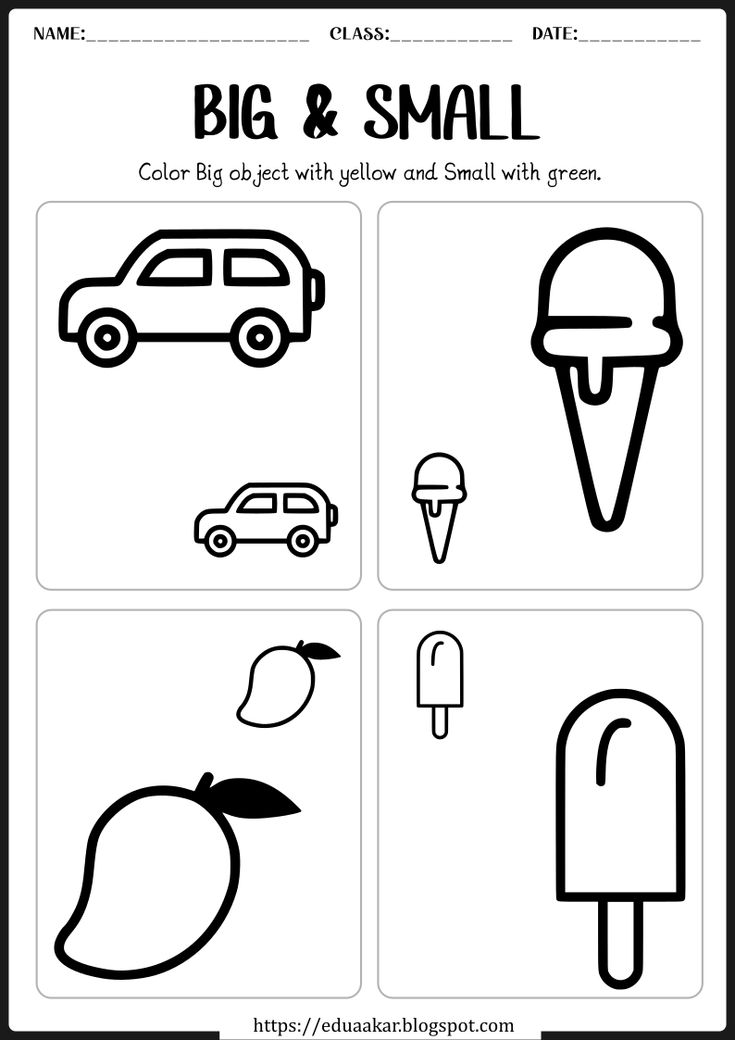 We hope you will consider Kokotree your go-to resource for engaging and educational videos for your preschooler. Our videos are designed to stimulate curiosity and interest in learning and provide entertainment. We believe learning should be fun, and our videos reflect that belief.
We hope you will consider Kokotree your go-to resource for engaging and educational videos for your preschooler. Our videos are designed to stimulate curiosity and interest in learning and provide entertainment. We believe learning should be fun, and our videos reflect that belief.
30, Modern concepts of preschool education.
Each goal is supported and justified a certain concept. And one goals can be several concepts, explaining the leading path to achieve it, and each has a set of specific programs.
Consider on the example of one historical period, How did the concept of education change? children for the same purpose. Very indicative in this respect the period 1917-1998 gg. in our country. We took this period of time because it is in this time there was an active development of the system public preschool education And social, socio-political changes. All this could not lead to the correction of the real goal and concepts education of the next generation.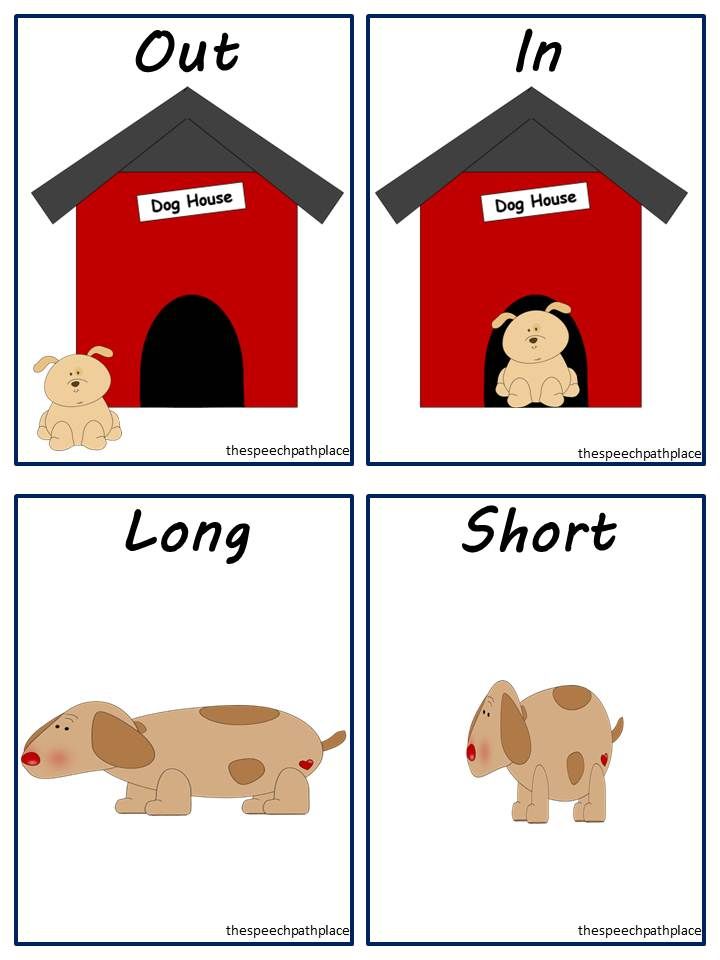
After the revolution 1917, which changed the public system of the country, was
formulated the purpose of education - society needs a person with strong ideological convictions, ready to defend and develop communist ideals. It was emphasized that the society under construction is able to create all conditions for a comprehensive harmonious development of personality. For implementation of the formulated goal education developed different concepts.
IN 20s - early 30s. was the concept N.K. Krupskaya. The concept determined main directions of implementation set goal: education in children (preschoolers including) ideological orientation, collectivism. Recognized the need taking into account individual and age characteristics of the child. Concept specified not in the program (it was not yet at that time), and in Methodological Letters.
IN 30s in this concept changes, adjustment for purpose: remain "three whale", on which it is proposed to build upbringing of children, - ideology, collectivism, diligence.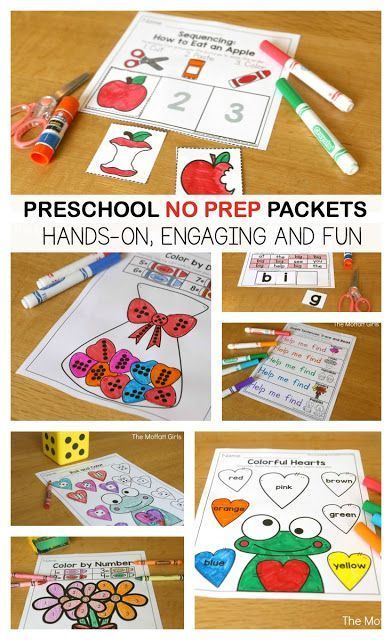 Accounting and reference requirement for individual development gradually leaves the concept. The first program documents - "Program work of preschool institutions” (project, 1932) and "The program and internal regulations kindergarten "(1934).
Accounting and reference requirement for individual development gradually leaves the concept. The first program documents - "Program work of preschool institutions” (project, 1932) and "The program and internal regulations kindergarten "(1934).
Confession Pedology Pseudoscience (1936) dramatically shifted accents from individual education to the collective. At the end of the 30s. to the specified the above provisions are introduced into the concept demand for patriotic and international education (true, content of international education had more to do with ethnicity former USSR). New software releases documents (1938, 1945).
50s gg. characterized by attention to mental development of the growing generations. The concept of education includes appropriate adjustments. During these years introduced in preschool institutions compulsory education of children (Program 1953-1954 d.) (A.P. Usova, E.I. Radina, R.I. Zhukovskaya, V.G. Nechaeva, T.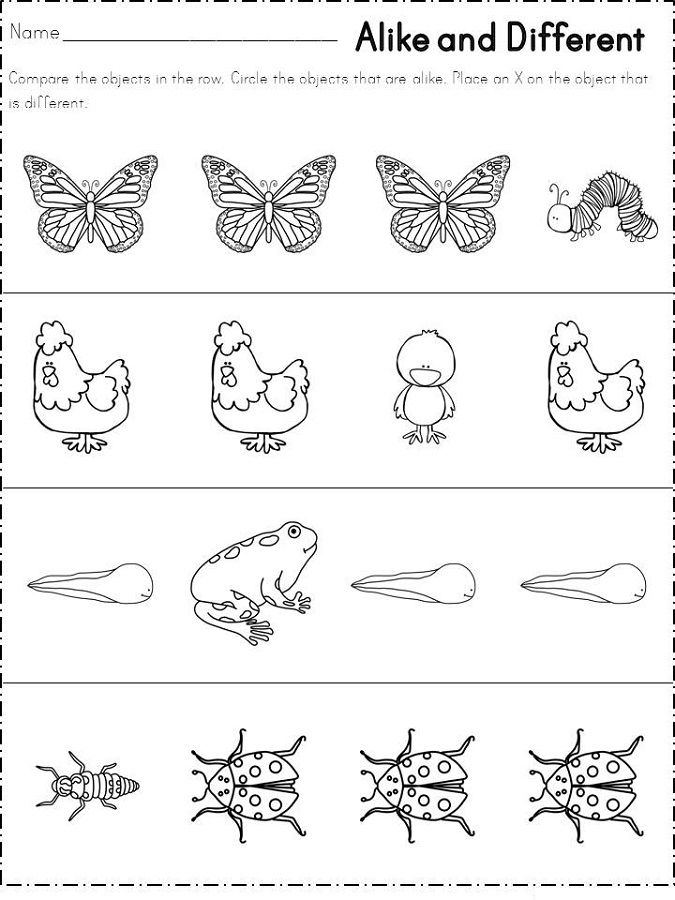 A. Markova and others).
A. Markova and others).
Decree 1959 about the union of the nursery and the nursery garden into a single preschool institution brought to life "The program of education and education of children in preschool institutions new type" (1962). In the future, this The program was re-released with some additions and clarifications up to 1979
All the above concepts and programs one way or another were subordinated to one ideal goals - the education of a comprehensively developed, harmonious personality, and acting at one time or another program has always been the only and obligatory for the whole system of preschool education.
Socio-political events of the late 1980s. demanded development of a new concept of education rising generation from preschool age. Appears concept of student-centered parenting models (1989). leading idea becomes the idea of education directed for the development of individuality, identity personality.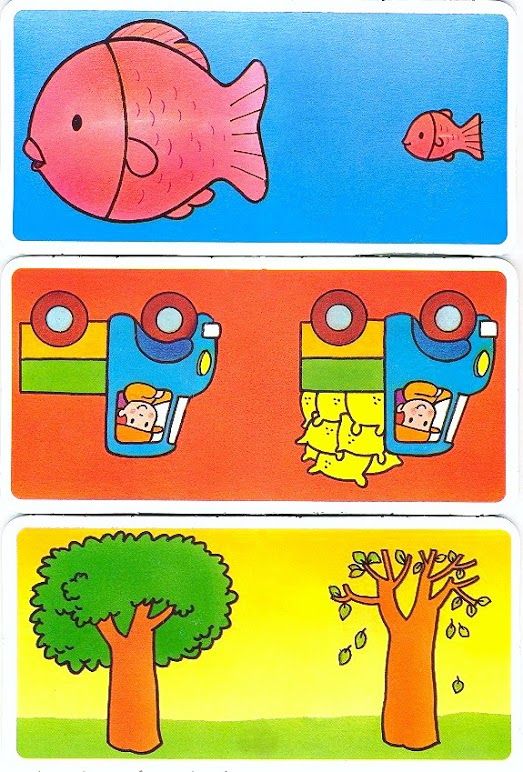 The new concept lacked requirements for the education of ideology, patriotism, collectivism, diligence. Development comes to the fore creativity, intellect, individual originality.
The new concept lacked requirements for the education of ideology, patriotism, collectivism, diligence. Development comes to the fore creativity, intellect, individual originality.
important event was the fact that peoples accepted world (and finally, our country) Declaration of the Rights of the Child and Convention on the rights of the child. Attempts to compose document, protecting and defining the rights of the child, undertaken at different times human development (we will only point out some: the theory of J.A. Komensky- XVII V.; Geneva Declaration of the Rights of the Child- 1924; Declaration of the Rights of the Child N.K. Wentzel - 1914). UN General Assembly in 1959 adopted this important document. IN German it is said that the child has important rights: the right to protection, to social provision, education, for the love of parents, for shelter, for respect to his personality, etc.
Certainly, the adoption of the document does not mean that all of its provisions are being actively implemented in our country.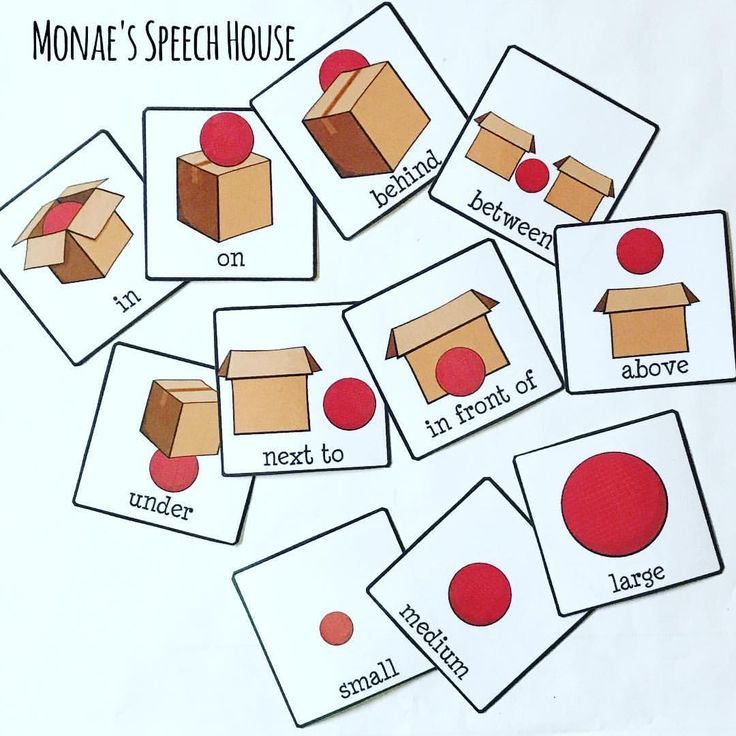 We need not only new concepts and policy documents - it is required to change the pedagogical worldview of the entire population, and teachers first of all. And for this it is necessary time. Nevertheless, already in the Concept education 1989 traced new approaches, greater development orientation personality and respect. For the last years in the country there were new variations programs offering their solution concept of student-centered raising children. These are Rainbow (compiled by T. N. Doronova. -M., 1996 and other editions), "Childhood" (ed. T. I. Babaeva, Z. A. Mikhailova, L. M. Gurvich. - SPb., 1996), "Development" (prepared for publications by O. M. Dyachenko, N. S. Varentsova. - M., 1994), "Sources" (M., 1997), etc.
We need not only new concepts and policy documents - it is required to change the pedagogical worldview of the entire population, and teachers first of all. And for this it is necessary time. Nevertheless, already in the Concept education 1989 traced new approaches, greater development orientation personality and respect. For the last years in the country there were new variations programs offering their solution concept of student-centered raising children. These are Rainbow (compiled by T. N. Doronova. -M., 1996 and other editions), "Childhood" (ed. T. I. Babaeva, Z. A. Mikhailova, L. M. Gurvich. - SPb., 1996), "Development" (prepared for publications by O. M. Dyachenko, N. S. Varentsova. - M., 1994), "Sources" (M., 1997), etc.
proolema humanization of goals, principles, content preschool education
essence is to move from the established traditional model of interaction adults and children to the new model, which will provide humanistic the nature of the interaction between teachers and pupils.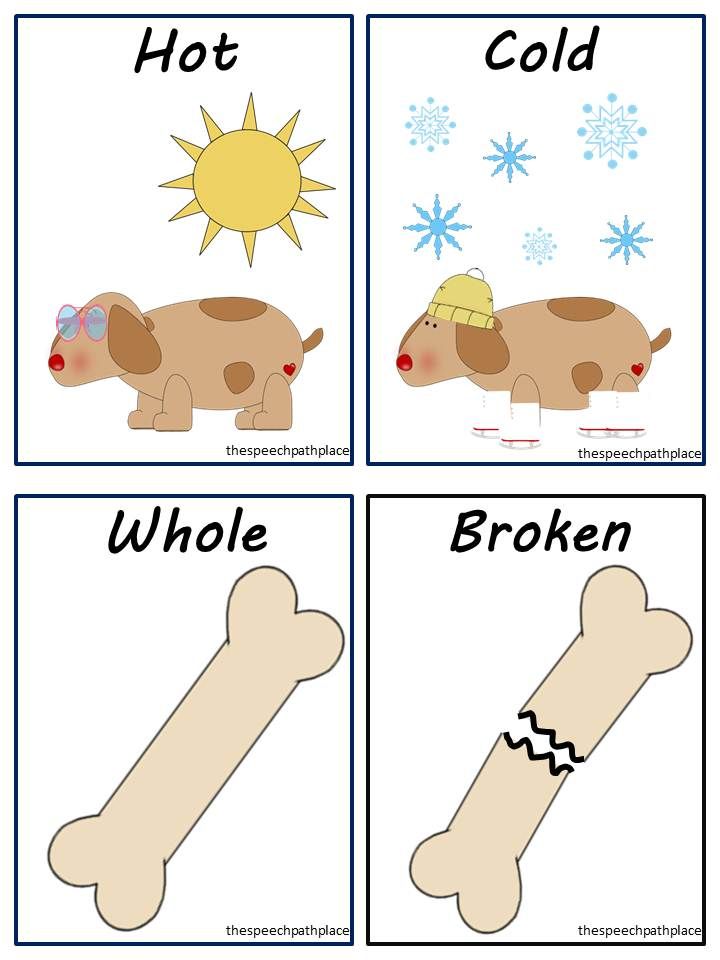
Educational - disciplinary model.
Its goal is to equip children with knowledge, skills and abilities; instill obedience
Personal no-orientation bathroom m model
is alternative to the first model. Her goal: promote the formation of character as a person; development abilities, preservation and strengthening his
Slogan: do like me
Position teacher and child: adult over child object; child - subject ect.
order
Ways of communication: indication instructions, demands, encouragement and punishment
Tasks: implement the program by providing it development all children. meet requirements
controlling organizations.
Main forms of organization of pedagogical process: classes in traditional form (frontal) close to school lesson.
Communication tactics: dictate and guardianship
Expected result: mutual alienation adults and
children, children lose initiative, find it difficult to
the formation of independence.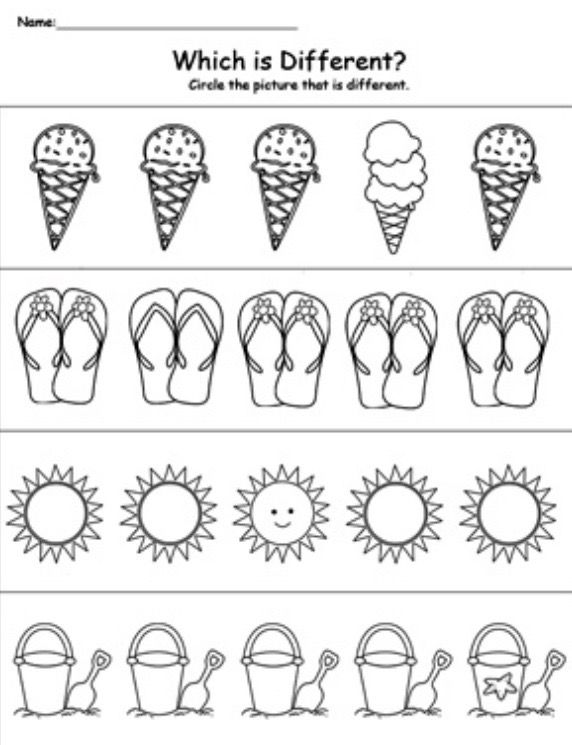 subjective
subjective
child's position. Negativism appears in children. U
adults have an illusion pedagogical
impacts.
Lozun g: cases ai together e with reb yonkom
Position teacher and child: position on an equal footing and together; vz tall and baby nok are partner ramie.
Ways communication: dialogue forms prevail communication, suggesting the ability of an adult to stand up to position slave. take into account his opinion and his experience. 9advice, pohwa la, about kindness, persuasion
Tasks: development of the child's confidence in the environment world.feelings the joys of existence as foundations psychological health; preservation of the physical health, development of the physical strength of the child; formation of beginnings or personal culture; development and n d i go al to carry.
Main forms of organization of pedagogical process leading form shared with adults.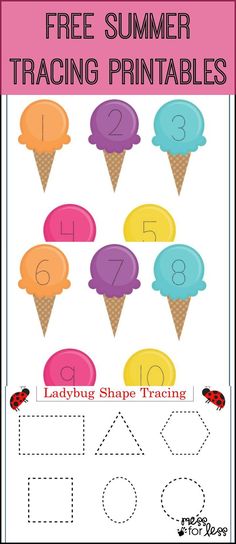 Adult will be a partner who can play well. In Game created gaming zone of proximal development activities. Independent individual game, V which has the opportunity to show skills. Classes are not rejected. New form holding classes, in which are synthesized and fa And training e. 1
Adult will be a partner who can play well. In Game created gaming zone of proximal development activities. Independent individual game, V which has the opportunity to show skills. Classes are not rejected. New form holding classes, in which are synthesized and fa And training e. 1
Tactics communication: tactics of cooperation and partnerships (democratic).
Expected result: degree expansion freedom preschool development, his abilities, formation collectivism, overcoming egocentrism And individualism. Develops thinking and imagination. I |
Perestroika contain/l educational work with children. B preschool child should purchase the basics personal culture. Formation this basis is the main task this work. Basis formation personal culture means introducing the child to human values. The composition of the basis of personal culture includes value orientations child in nature, man-made world, in social world and in oneself, in the phenomena of his own life.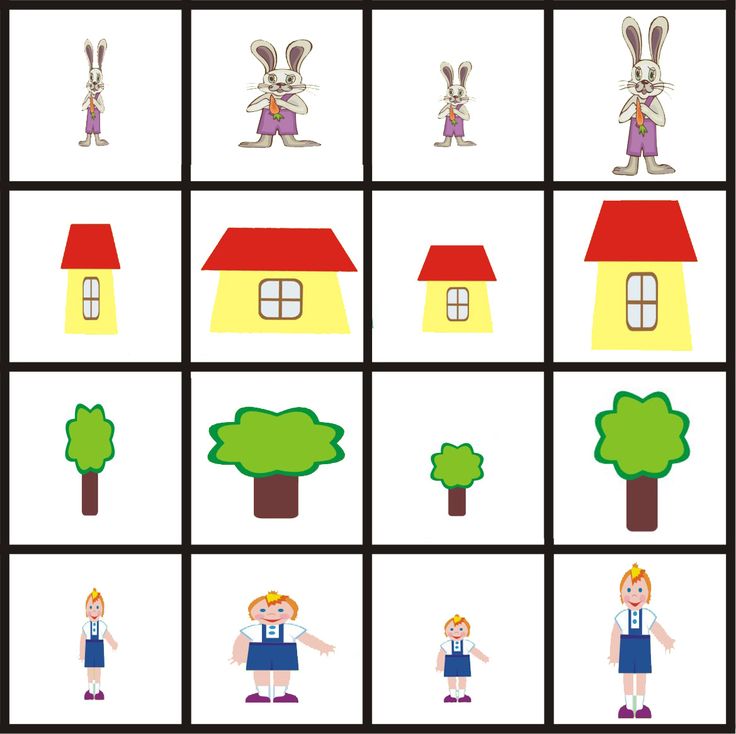
Funds formation of the basis of personal culture. This education and training. In preschool childhood they can divide only conditionally - this is a single the process in which the transmission takes place children of values, means and ways activity taking into account age and the individual characteristics of the child.
Education preschoolers. B end of preschool childhood, as a result education can and should be formulated the basis of the child's attitude to reality, to its 4 spheres: I. Sphere natural world. Three groups values: knowledge, experience, transformation. Knowledge values according to relation to the natural world: child gets the first experience of discoveries; first experience with objects nature; discovers new s familiar and familiar in the new: isolates the simplest patterns; starts be aware of the ugly nature. Experiencing Values: experiencing joy of discovery: attracts mystery, mystery of nature: starts to notice and feel the beauty of nature; starts feel oneness with nature; animates nature.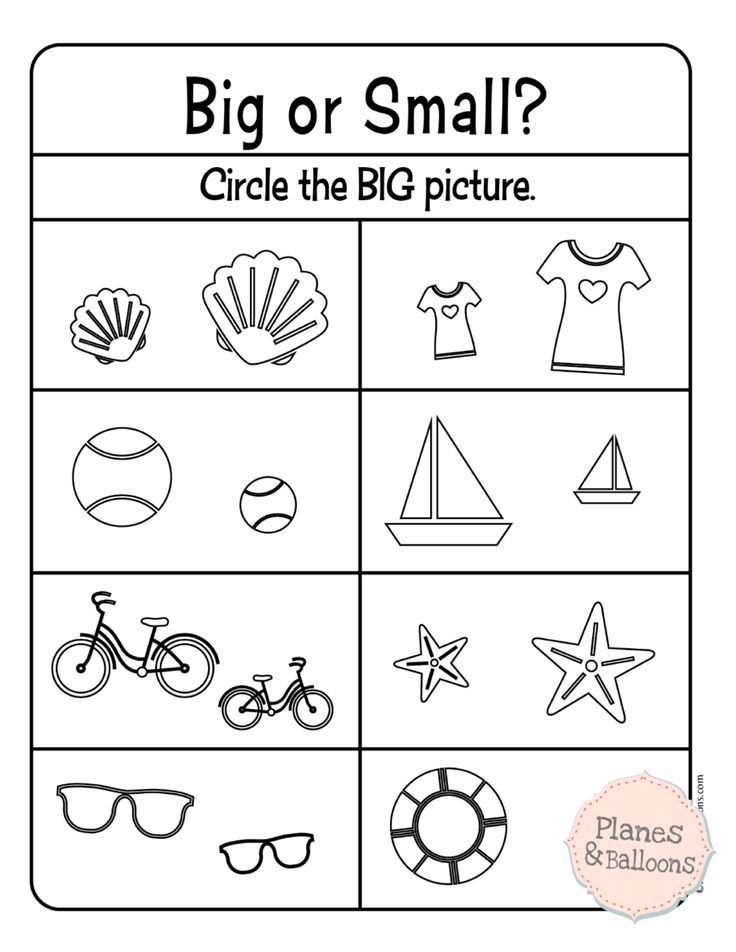 Transformation Values: Arise! the desire to interact with nature: take good care of her; keep and multiply the wealth of nature according to of their strength. Conditions for formation: stimulation and direction curiosity about nature from simple phenomena to increasingly complex and pyaznoobpazny.m. child involvement into the realm of experiences of adults connected with nature. Result: formed the beginning of ecological culture, ecological consciousness. 2. Sphe ra - attitude to the man-made world. Values late-shya: a need awakens in new knowledge, expanding experience child through involvement in the fact that created by other people.
Transformation Values: Arise! the desire to interact with nature: take good care of her; keep and multiply the wealth of nature according to of their strength. Conditions for formation: stimulation and direction curiosity about nature from simple phenomena to increasingly complex and pyaznoobpazny.m. child involvement into the realm of experiences of adults connected with nature. Result: formed the beginning of ecological culture, ecological consciousness. 2. Sphe ra - attitude to the man-made world. Values late-shya: a need awakens in new knowledge, expanding experience child through involvement in the fact that created by other people.
Before the child discovers the significance teachings. Experiential Values: Reoyonok imbued with beauty, begins to feel perfection of objects created people. Starts to feel admiration from contact with art. There is a sense of respect for craftsmanship. Transformation Values: Aspiration repeat what is created by others.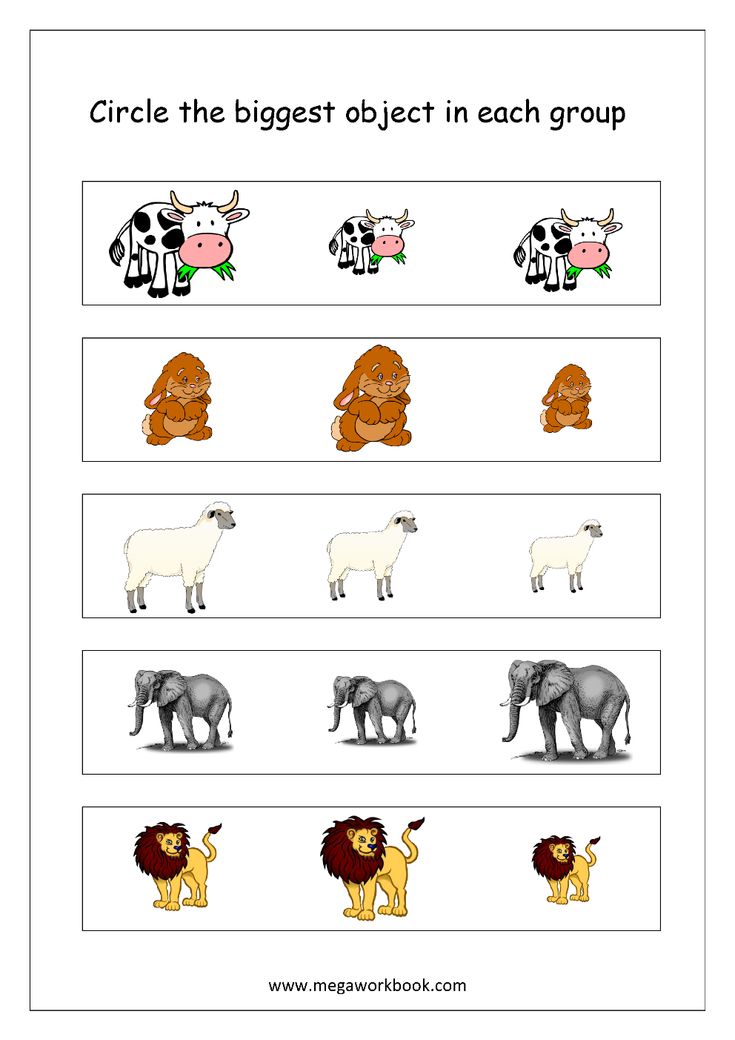 The desire to create new, original. Conditions for formation: organization of creative, free games for children, organization full meaningful communication children with art, creating a subject environment. The result is the formation of the beginnings spirituality. 3. Sphere - social {relationship to the social world). Knowledge values: social orientation to another person's point of view his condition, his actions, interest in the phenomena of social life: from small to large, added up complete understanding collective relationships. Developing social thinking. Experience values: the child begins to notice that next to him other people, just like him and at the same time not so different from him. Empathic experiences are born (ways to feel). experiences take on a personality. Transformation Values: Child seeks to influence others influence, help, protect, share your experience with others. Conditions for shaping: organization meaningful, rich interaction children with each other, their joint activities, interacting with other people (expansion of contacts).
The desire to create new, original. Conditions for formation: organization of creative, free games for children, organization full meaningful communication children with art, creating a subject environment. The result is the formation of the beginnings spirituality. 3. Sphere - social {relationship to the social world). Knowledge values: social orientation to another person's point of view his condition, his actions, interest in the phenomena of social life: from small to large, added up complete understanding collective relationships. Developing social thinking. Experience values: the child begins to notice that next to him other people, just like him and at the same time not so different from him. Empathic experiences are born (ways to feel). experiences take on a personality. Transformation Values: Child seeks to influence others influence, help, protect, share your experience with others. Conditions for shaping: organization meaningful, rich interaction children with each other, their joint activities, interacting with other people (expansion of contacts). Result - formation started moral consciousness. 4. Sphere - attitude towards oneself yourself. Knowledge values: the child discovers his "I", highlights himself out of the world, begins to realize that unlike others. The child has interest in your life. Formed interest and first ideas about the Motherland, past and future, life and death. Experience values: the child develops feeling mental and physical security. Feeling of own body, the fullness of various feelings. Transformation Values: Arise! consistency of confessions. Based this desire to act like everyone else; striving to be different - act differently. Conditions for shaping: appropriate subject environment, social contacts baby boy activities that allow the child express and realize yourself. Result: formation of the beginning self-awareness.
Result - formation started moral consciousness. 4. Sphere - attitude towards oneself yourself. Knowledge values: the child discovers his "I", highlights himself out of the world, begins to realize that unlike others. The child has interest in your life. Formed interest and first ideas about the Motherland, past and future, life and death. Experience values: the child develops feeling mental and physical security. Feeling of own body, the fullness of various feelings. Transformation Values: Arise! consistency of confessions. Based this desire to act like everyone else; striving to be different - act differently. Conditions for shaping: appropriate subject environment, social contacts baby boy activities that allow the child express and realize yourself. Result: formation of the beginning self-awareness.
Problem building a subject-developing environment in DOW.
IN there are currently publications psychologists, educators and art critics, which convincingly proves that children for harmonious development need not only in the attention of adults, expressed in form of benevolent, emotional And meaningful communication, but also in the subject environment that develops their creativity potential.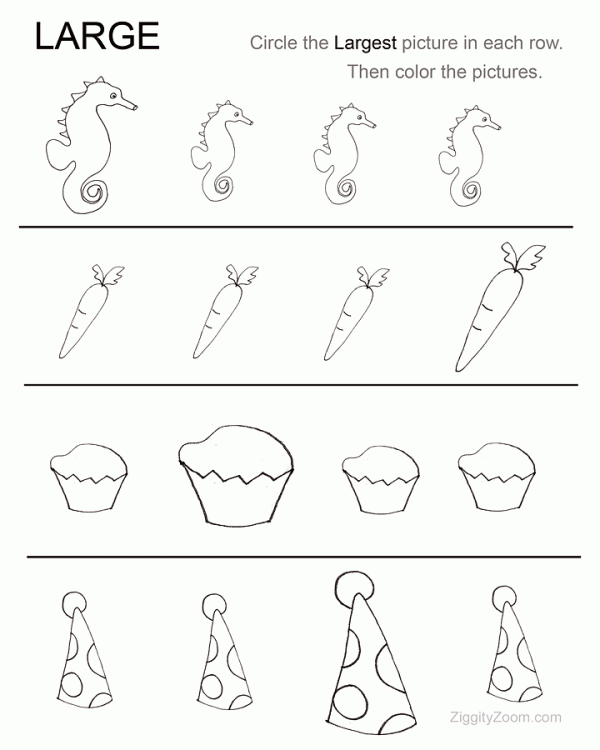
Process child development and that artificial the environment that we create for him, are in constant interaction. Space, organized for children, one case to be a powerful stimulus to them development, in another - an obstacle interfering show individuality and creativity.
IN the process of designing pedagogical models of the subject-developing environment necessary take into account the general activity of the child, satisfaction of his desire to act. The preschooler, getting the opportunity actions in the subject-spatial kindergarten environment, the opportunity to show their creative abilities. Imagination, fantastic ideas, indirectly stimulated to manifest creativity in many areas activities. The child has wish create in the world around him.
IN appropriately organized environment, carrying a rich developing potential. Creative aspirations of the child acquire unlimited reproducibility. Opportunity to act in subject-developing environment can become the determinant that determines formation and development of activity in creative activities.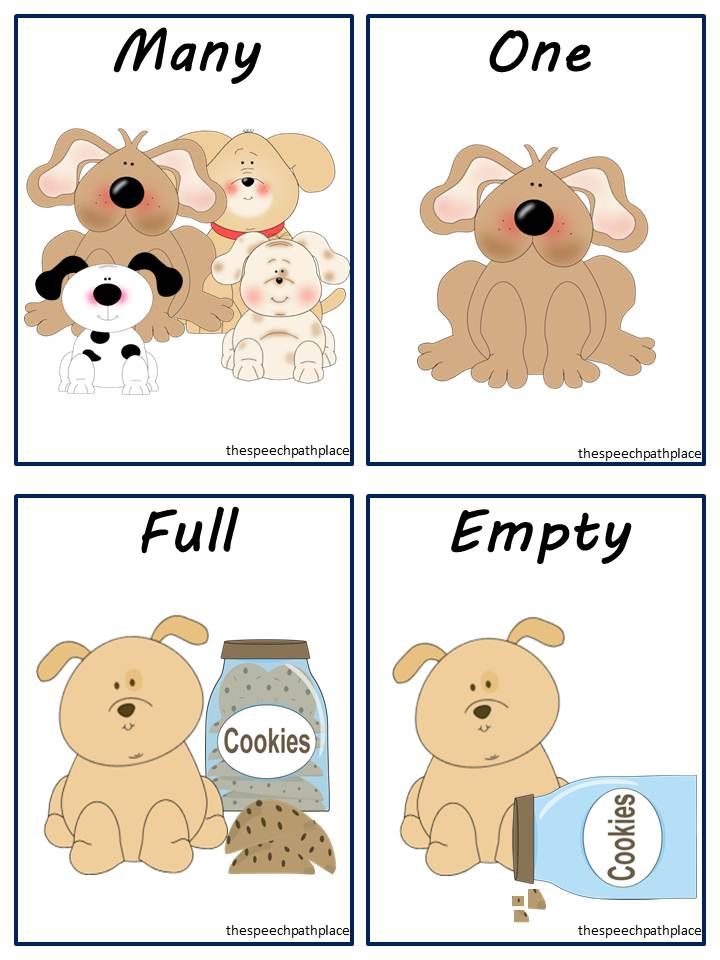
That's why in the design process of developing object-spatial environment necessary consider the following pedagogical conditions , stimulants creative activity of a preschooler, namely:
1. Physical conditions - pedagogically sound organization subject- developing spatial environment of the child:
- subject-spatial enrichment of the environment;
opportunity object manipulation and change spaces as you wish and needs;
- child education attention to environmental cues.
2. Social emotional conditions - creation by the educator in the child feelings external security when he knows that his creative manifestations will not receive negative adult ratings:
- no barriers regarding spontaneity and initiative preschooler;
- organization of life and activities of a preschooler so that the conditions themselves And circumstances required him creative solutions;
- demonstration adults of various creative manifestations and ways activities.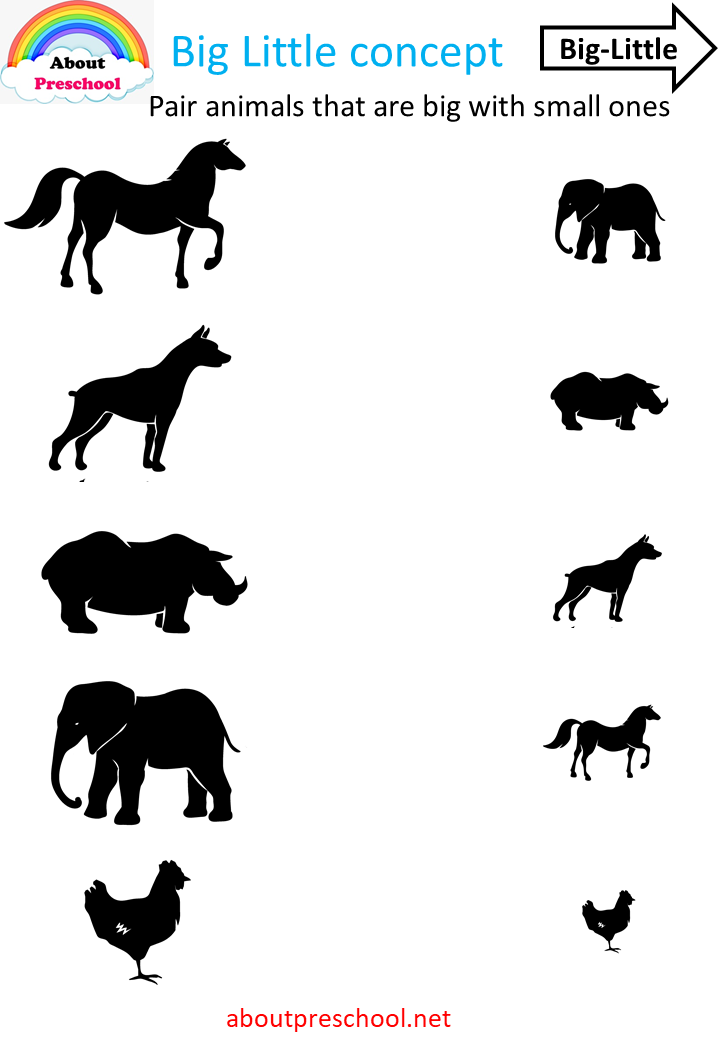
3. Psychological conditions, thanks which the child develops feeling internal security and freedom through support educator of his creative beginnings:
Educational impact towards recognition child of the value of his creative traits personality.
4. Intelligent conditions - maintaining an atmosphere of constant search, Creation situations that encourage children to heuristic type of thinking:
- orientation of the child creative problem solving;
1
- development of the main logical operations;
- opportunity various solutions proposed Problems. Subject-developing environment has the most important ability direct and
permanent influence on children. material environment, organized to provide large space for creative searches of the child, thereby actively develops and trains his imagination. This is especially important when considering the words English psychologist T.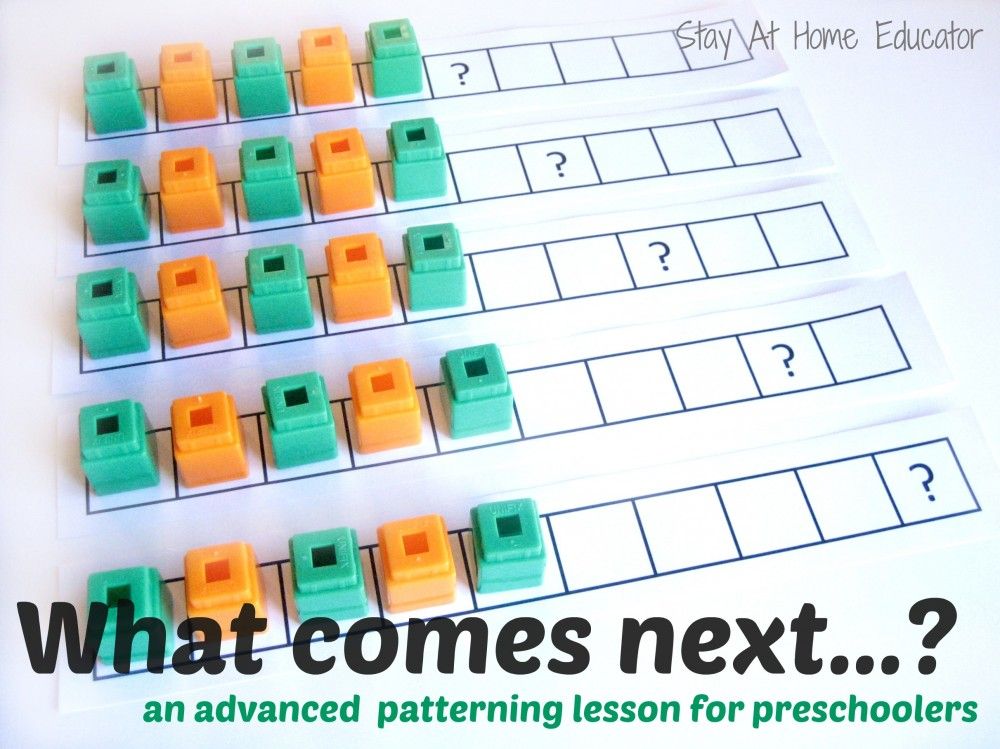 I. Jones what imagination “should have a permanent, not sporadic application". Analyzing the existing the practice of building a subject-spatial environment in preschools should state that its content and forms of organization are traditional, stereotypical and some standardization.
I. Jones what imagination “should have a permanent, not sporadic application". Analyzing the existing the practice of building a subject-spatial environment in preschools should state that its content and forms of organization are traditional, stereotypical and some standardization.
Enough practiced in kindergartens for a long time use of thematic zones, containing content certain game (hospital, store, apartment). But often themed play areas few in different age groups different in terms of content and play opportunities. stable spatial localization of corners, their thematic variegation and diversity of design prevent children's imagination from going beyond scope of the given topic.
Data themed play corners, widely common in the practice of organizations story games for children of primary and secondary preschool, seniors children can be a brake on the game initiatives. First, because in corners, where appropriate playground equipment and toys, children game task is set in advance.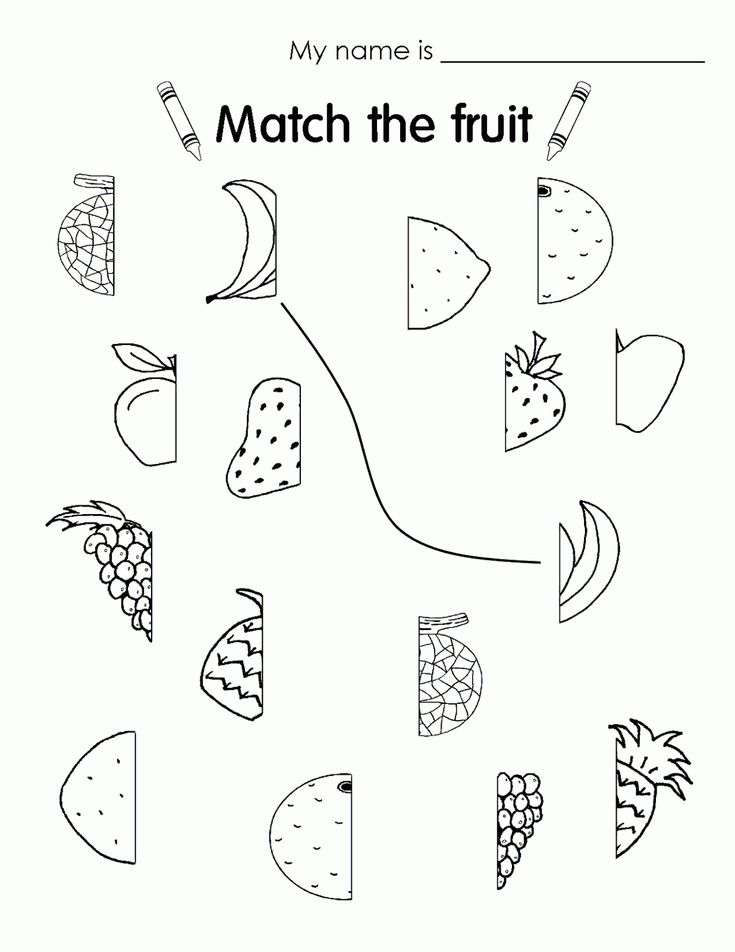 AND, secondly, children of 6-7 years old are already giving preference the real world and do not accept organized play space.
AND, secondly, children of 6-7 years old are already giving preference the real world and do not accept organized play space.
A game as a process that develops creative child's ability, starts with modeling them situations according to the choice of the scenario. Actually child's creativity starts from the moment endowment with certain qualities (required according to the scenario of the game) objects, before these qualities not possessing. Self modeling game situation, its subject environment is the main factor in the creativity of the child. His further plot-role-playing actions - this is the end of the game. That's why seems erroneous widespread use in equipment of group cells defined, pre-modeled situations for role-playing games for children.
Necessary to say about furniture - a toy, common in kindergartens. By creating such furniture that is significantly different shape from ordinary furniture, designers consider, that they are development-oriented creative fantasy.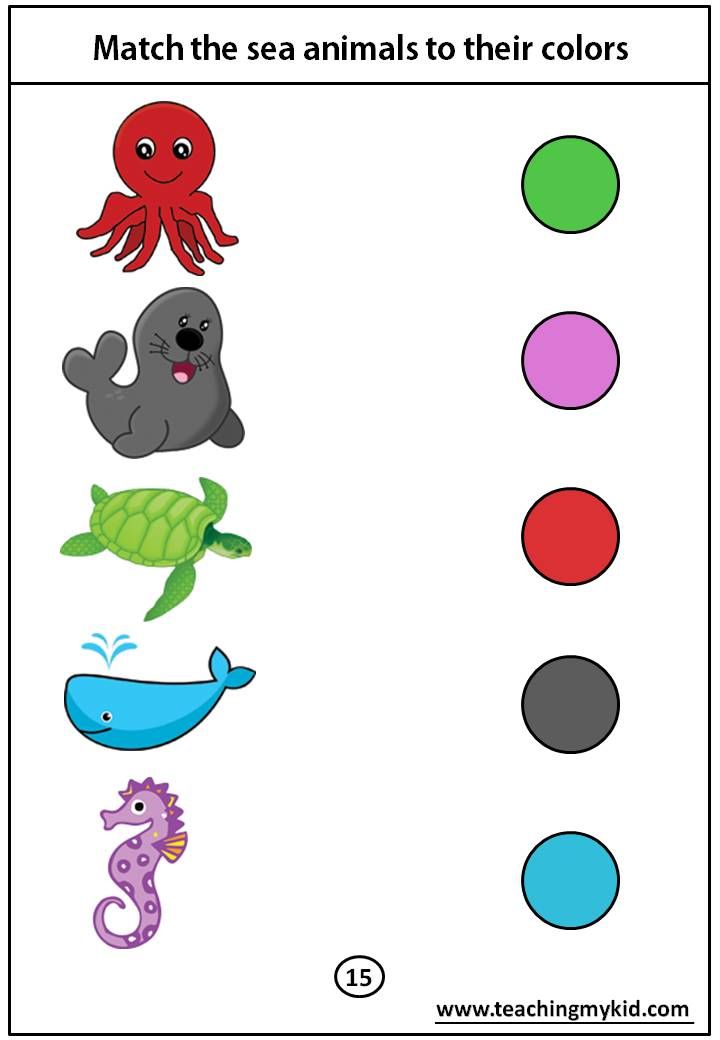 But this approach does not take into account specifics and ways of development of children creativity. In the course of your creation and in the game the child creates nothing brand new, and some models the world around him, in which he does not highlight everything. And important to him in at the moment (and at this age) formal signs. unusual children's creativity is not explained so many the fact that the child creates completely new forms, how much by its inherent originality perception of ordinary forms.
But this approach does not take into account specifics and ways of development of children creativity. In the course of your creation and in the game the child creates nothing brand new, and some models the world around him, in which he does not highlight everything. And important to him in at the moment (and at this age) formal signs. unusual children's creativity is not explained so many the fact that the child creates completely new forms, how much by its inherent originality perception of ordinary forms.
Toys may be fabulous in form, but in them the child easily recognizes real prototypes. The preschooler quickly cools down, loses interest in completely unusual forms, which touch adults more than children. Paradoxical as it may seem, but ordinary the shape of the furniture gives a lot of freedom creative activity of the child than furniture, in the form of which, it would seem, has already been taken into account his fantasy.
IN its time still A. V. Zaporozhets noted, that the child prefers the umbrella ready toy horse not because he is symbol, but because the umbrella can “Ride”, but you can’t ride a toy horse. And it is in this that symbolism is manifested, but the realism of the child's imagination.
One of the most important issues in the organization the object-spatial environment of the group is that many toys, games, didactic benefits are out of reach children places. Child, if you wish draw, mold something or just
to play with a toy, must ask the teacher for it. The teacher often does not have time, she does not pay attention to requests children or does not allow to take the required item, so that you don't have to clean it up. All this, definitely has a negative effect on desire children to enjoy their favorite activity activities, since, having received one or two times the refusal of the educator, the child is already I don't want to ask him for anything again.
Can observe mass use toys and equipment that do not comply age and psychological characteristics children.
IN gaming zones are dominated realistic by figurative solution toys and ready attributes. And this limits play opportunities for children, as these toys designed to implement a specific and only one plot.
Stationary the situation separates children, slows down education of collectivist traits personality of the child, as the piling up furniture and the inability to move it by ourselves children are not allowed to turn around her game with a large number of participants, pre-programs the environment to the impossibility of links with other games.
IN material environment of a preschooler almost no variety substitute items: natural material, fabric scraps, furs, leather, boards, ropes, foam rubber, reels, cardboard, paper, etc.
Exactly These items have the most developmental effect, allow the child actively manipulate them. static toys considering only the reproductive child's activity, do not stimulate him creative behavior, quickly exhaust possible actions to take with them.
Substitute Items and modules carrying sign (symbolic) functions, especially necessary because the games of the elders preschoolers are extremely diverse, And some plot-shaped toys cannot satisfy creative aspirations children. Substitute items allow rapidly change the plot, and without special material costs.
IN mostly found in kindergarten monosyllabic interior space, formed furniture and play equipment. Data environment components are underused as elements that organize space. Usually all the furniture stands along walls, freeing up central space for tables and children's games. So she loses in space its volumetric value element and is perceived as part of plane walls. Moving in space group room does not cause the child new impressions, does not create conditions for development of imagination, fantasy, desire play, there is no element of surprise in it: everything familiar and unchanged.
Except addition, space organized thus giving the child the feeling permanent the presence of a large number of children. And it's not just positive emotions. (feeling of security, opportunity communication with other children), but also internal tension. In addition, being in single space of the game room, the most enterprising children who make up active core of the group, begin to manage other children.
Today popular in preschools domestication trend. This idea is certainly interesting and effective, as it eliminates the breech the atmosphere of the kindergarten and thus provides the child with emotional comfort, helps feel "at home". But in many preschool institutions this practice threatens to go into hyperbolic scale, namely the desire to enrich Wednesday, and in the truest sense of the word: furnish the kindergarten pompous. Expensive furniture, immense sofas, curtains, etc. In this case, subject-developing the environment turns into a palace apartments. Demonstration of wealth.
Also I would like to note the similarity of many groups, different, it would seem, preschool institutions. This is due to insufficient environment personalization. Personalization environments - is the inclusion of some place, object into the sphere of one's "I", exposition with his
help yourself to others. In practice, personalization almost not. From here arises state-owned furnishings and the similarity of children's gardens on top of each other, although in each group live completely different children. The child has there is no feeling of "one's own" environment, feelings of confidence and security.
Analyzing problems and negative stereotypes, and also taking into account the best traditions and modern trends in the organization subject-developing environment of preschool institutions, the following principles can be distinguished:- the principle of openness;
-
principle functional zoning;
-
the principle of mobility;
-
principle polyfunctionality of the subject peace. Consider, how these principles are implemented in practice.
Idea principle openness borrowed from the concept of "Building a developing environments in a preschool institution” (authors V.A. Petrovsky, L.M. Klarina, V.A. Smyvina, L.G. Strelkov). Aspects of the principle openness: openness to nature; openness culture; openness to society; openness his "I".
Openness nature. Subject-developing group room environment should not be limited only artificial objects must include natural natural components. If in the nursery garden exists separately organized corner of nature, then, in addition to specialized classes, you need to enter it free access for children. Besides, each group has its own corner nature, where children spend elementary experiences with the help of a teacher. results this activity are discussed in "group discussion" at the round table. Round a table is a necessary element of a developing environment. The conversation here goes 'eyes in eyes", "I see you - you see me", "I understand you - you understand me. "
Openness culture. Contents work on this aspect is mainly is in the art and design activities of preschoolers. Can conduct classes with different themes and variety artistic activity. Target classes - the formation of children's desires and skills beautify the environment, development children have ideas about their work as works of value in themselves.
All children's work received in the classroom, to be used for decoration major object-spatial objects kindergarten environment: musical and sports halls, lobby, group rooms, bedrooms, dressing rooms.
Openness society and the openness of one's "I". This task involves personalization environment. The purpose of the course is to make subject-developing environment of preschool institutions with a personalized environment child, in which he sees himself in manifestation of one's "I", perception which becomes self-perception. The product of these classes can become an exhibition of children's photographs, album-book "Our favorite", which contains self-portraits of children and short stories about yourself.
Principle functional zoning - is the creation of an indoor group rooms small spaces organized in accordance with certain activities children. Restriction in the form of zoning forms object spaces, available for visual and activity development of the child, and also provides private stay of a preschooler in crowded group. This is important because long stay of the child in the group more than 15 people. Even with sufficient expanse premises, cannot but operate exciting and. therefore tiring way on his nervous system.
Principle mobility interconnected with the principle of functional zoning. This is expressed in the fact that the child, thanks to these principles when organizing spatial environment, free in their manifestations of the subject activities, then yes can change the environment accordingly to your needs.
Institute for Education Development Strategy of the Russian Academy of Education
Search result: 1 properties found.
Number of lines: 5101520253050100All
- 1. Lanin Boris Alexandrovich
- (Content / Staff / Lanin Boris Aleksandrovich)
- ... (Dis)Connections, Copenhagen – Nizhnii Novgorod, 2008, pp. 70-84. (in English)32. ‘Imaginary Russia in Contemporary Russian Dystopia’, in Beyond the Empire: Images of Russia in the Eurasian Cultural ...
At the initiative of the President, the Year of Teacher and Mentor is held in honor of the 200th anniversary of the birth of Konstantin Ushinsky, one of the founders of pedagogical science. Teachers of schools, universities, mentors and coaches will be able to take part in a large number of events: 🎤 meetings and forums; 🏛exhibition...
Dear colleagues, dear men! From the entire staff of the Institute, please accept the kindest congratulations on the Defender of the Fatherland Day! This holiday is especially important for Russia. It symbolizes great deeds, crushing victories and the unity of the Russian people in the defense of the Fatherland throughout...
On February 22, the regional stage of the All-Russian Olympiad for schoolchildren of the 2022/23 academic year ended. Its participants demonstrated their knowledge in 24 general subjects. The organizer of the All-Russian Olympiad for schoolchildren is the Ministry of Education of Russia. According to preliminary data, in the regional...
Dear friends! I am glad to congratulate you on International Mother Language Day. The inhabitants of our large multinational country speak hundreds of languages and dialects. Language, folklore, literary heritage is a large integral part of the culture of every nation. Original traditions are associated with them, which are...
Dear Igor Georgievich! From the entire staff of the Institute, please accept the kindest congratulations on your anniversary! Your scientific life is inseparably connected with pedagogical comparative studies.

